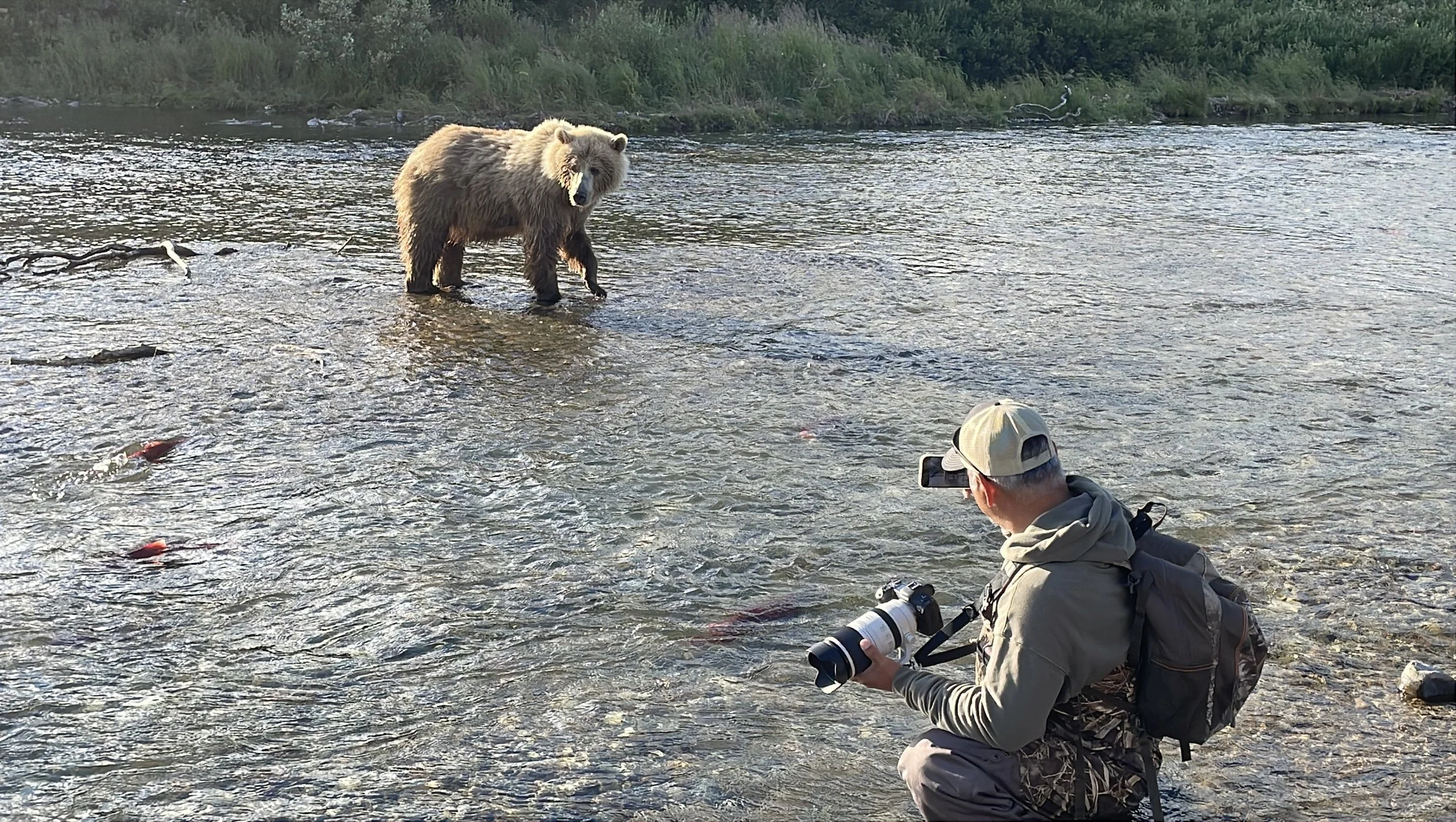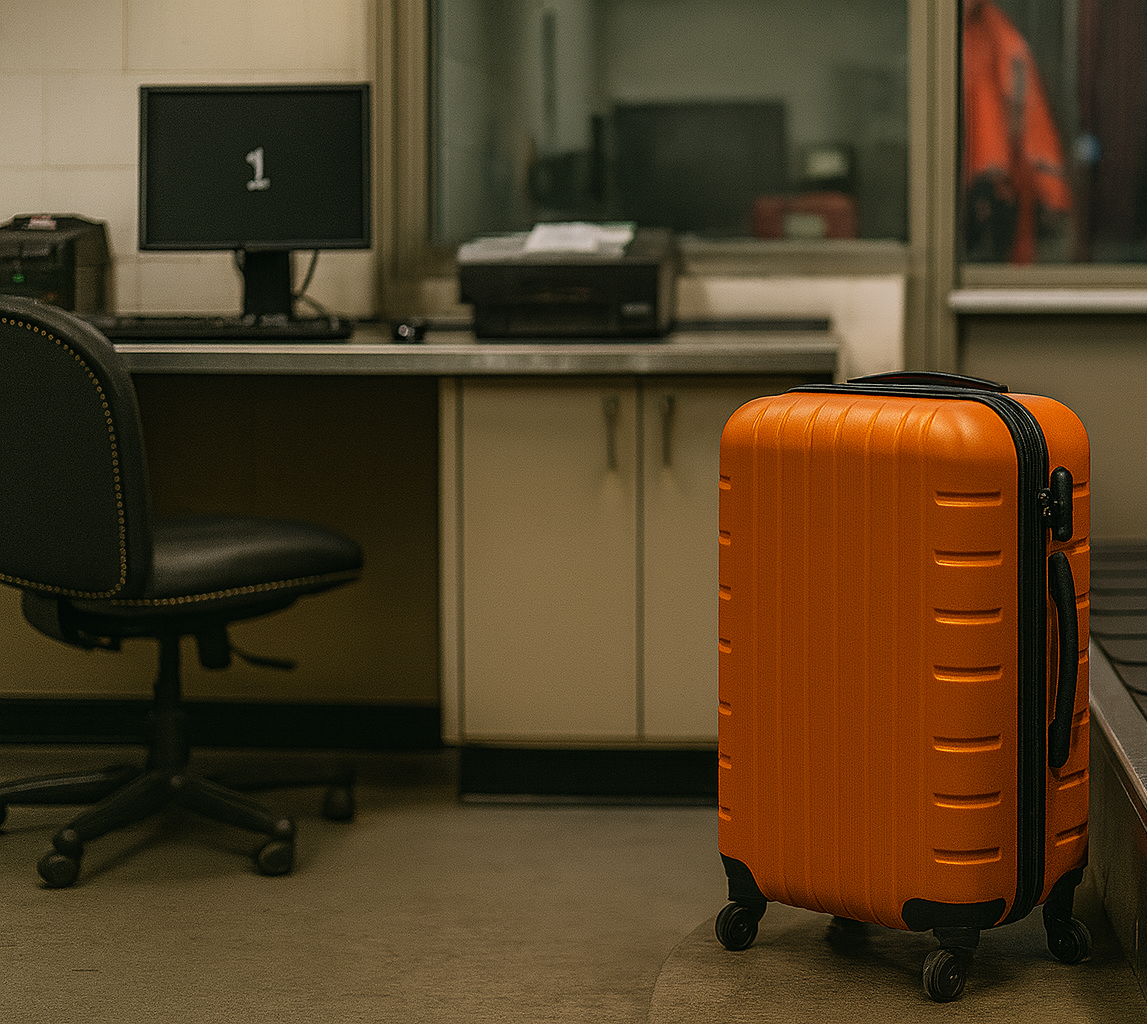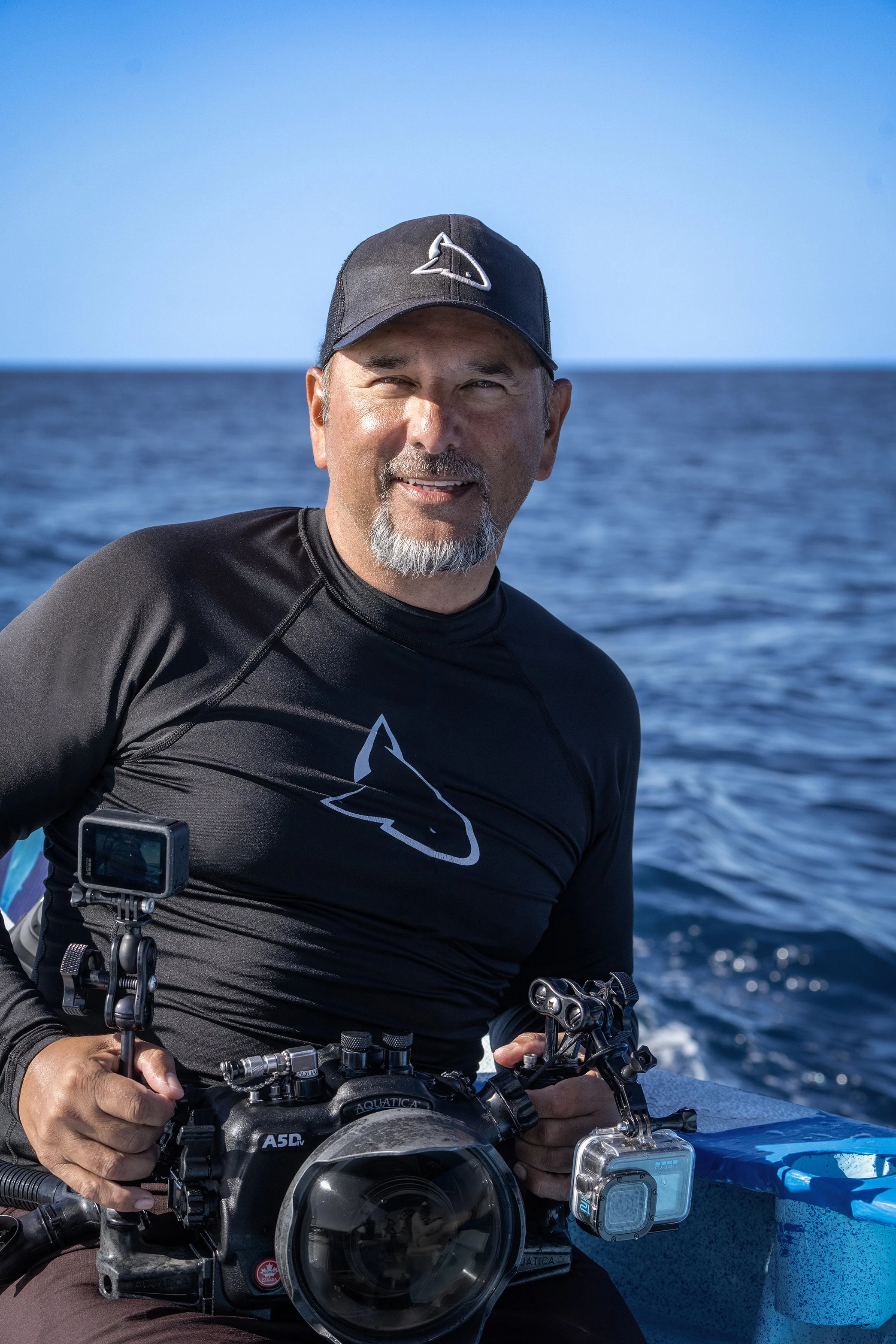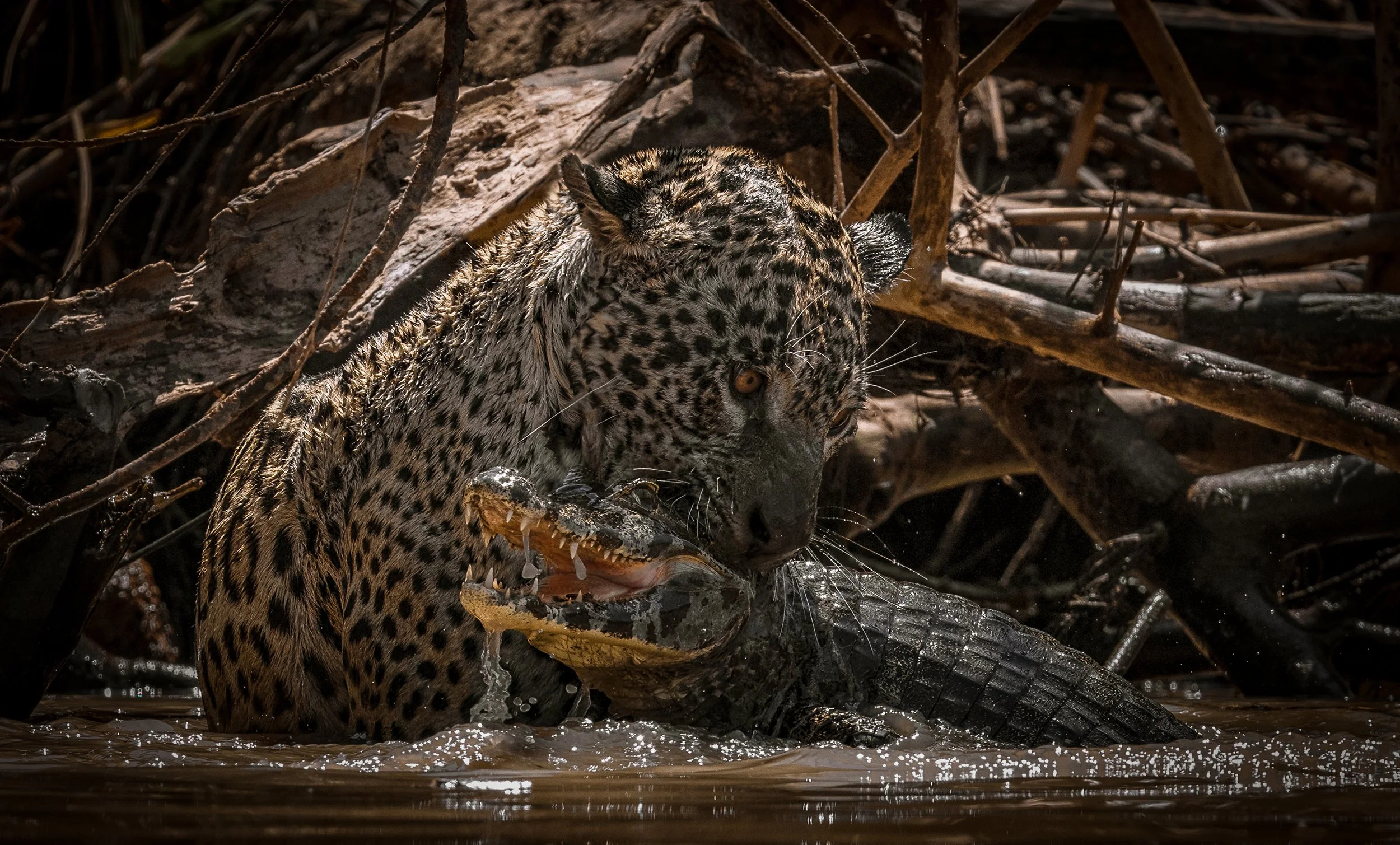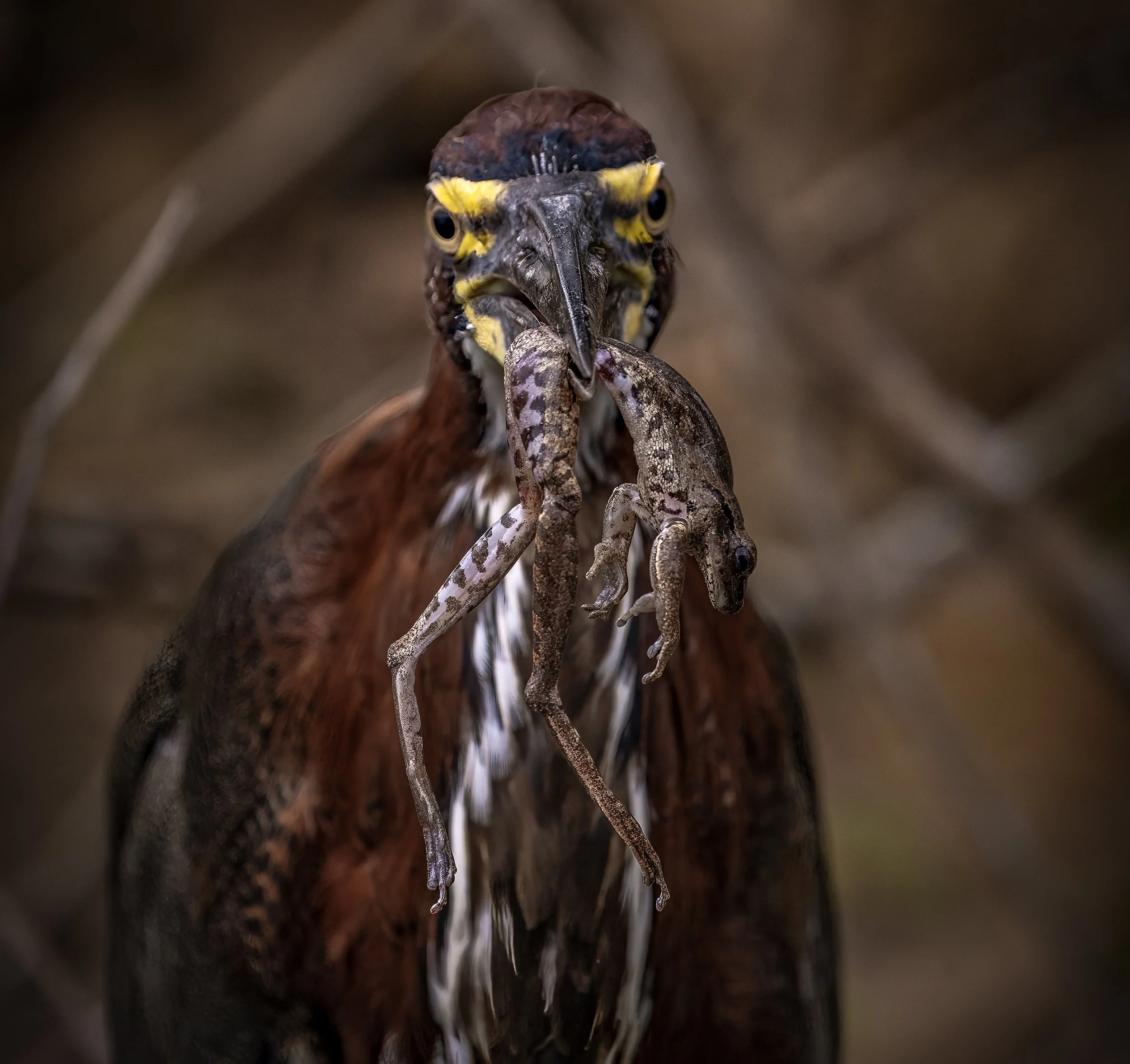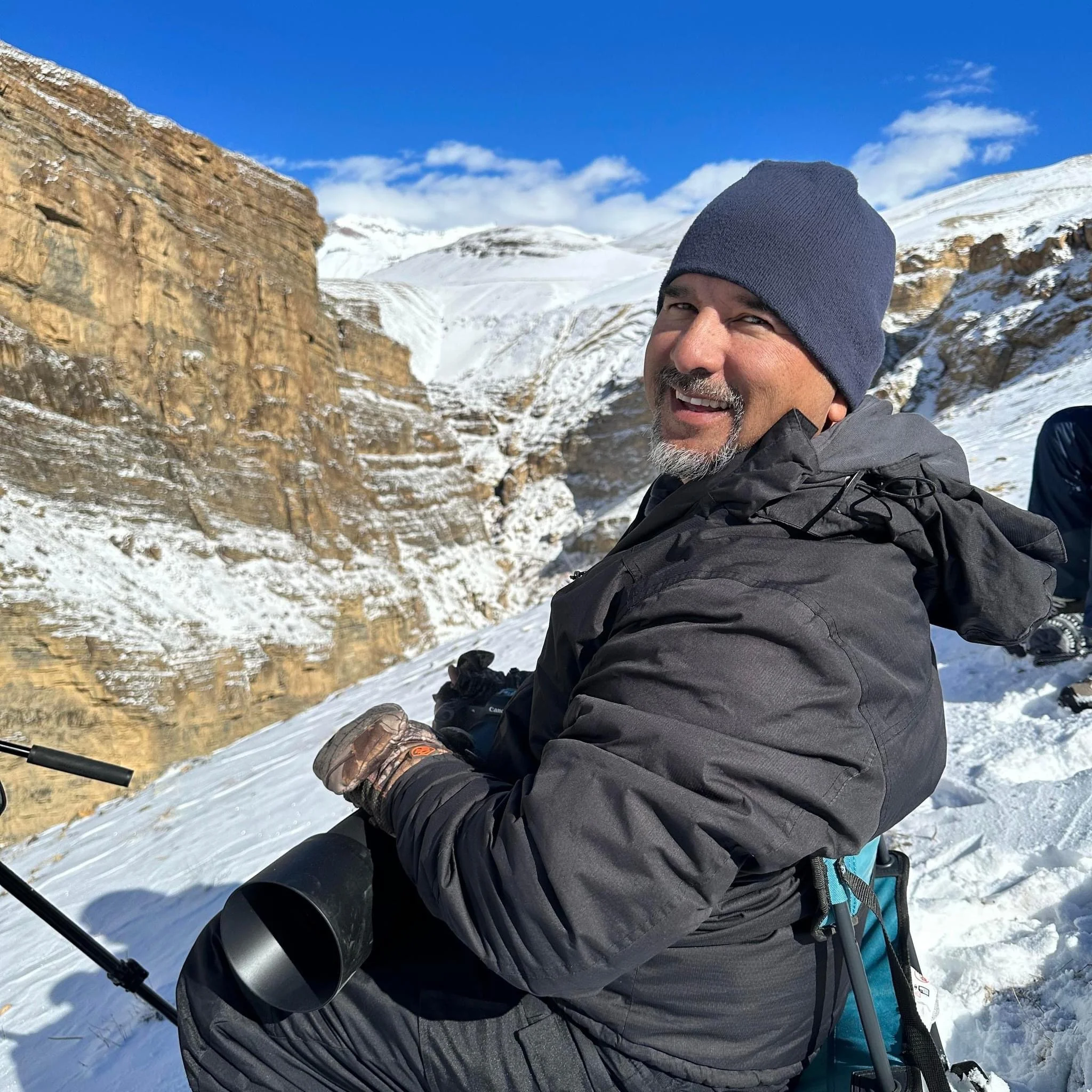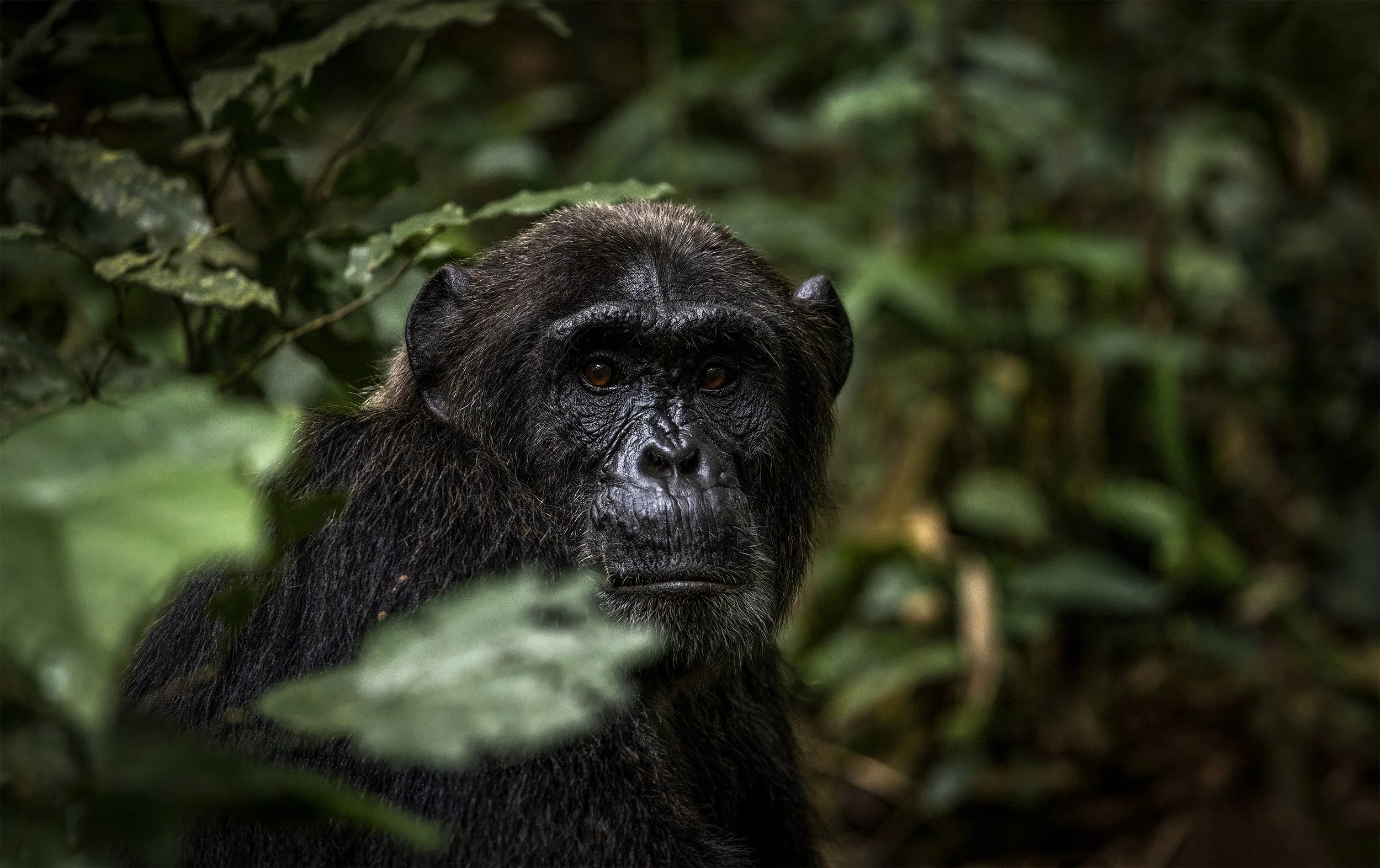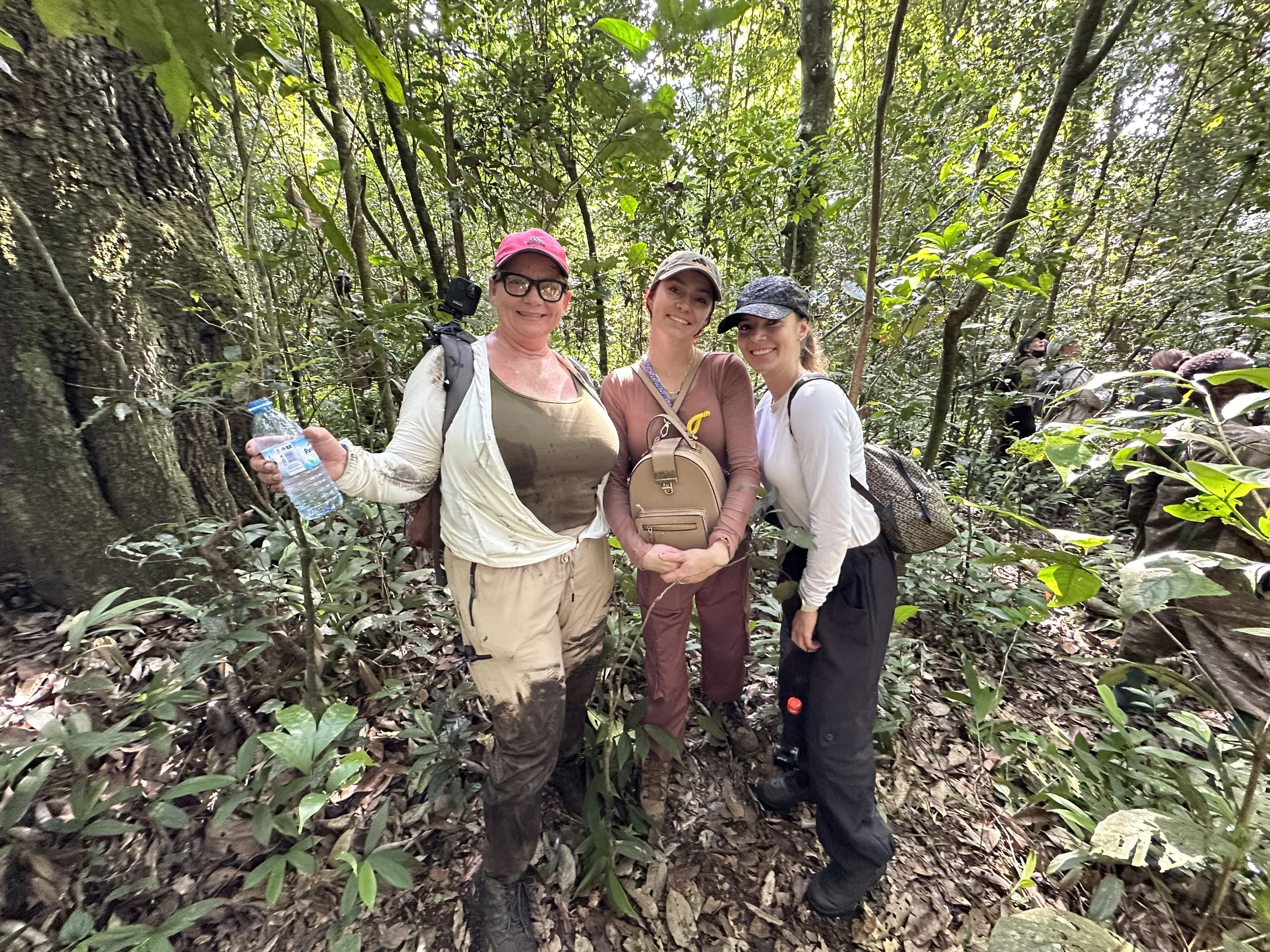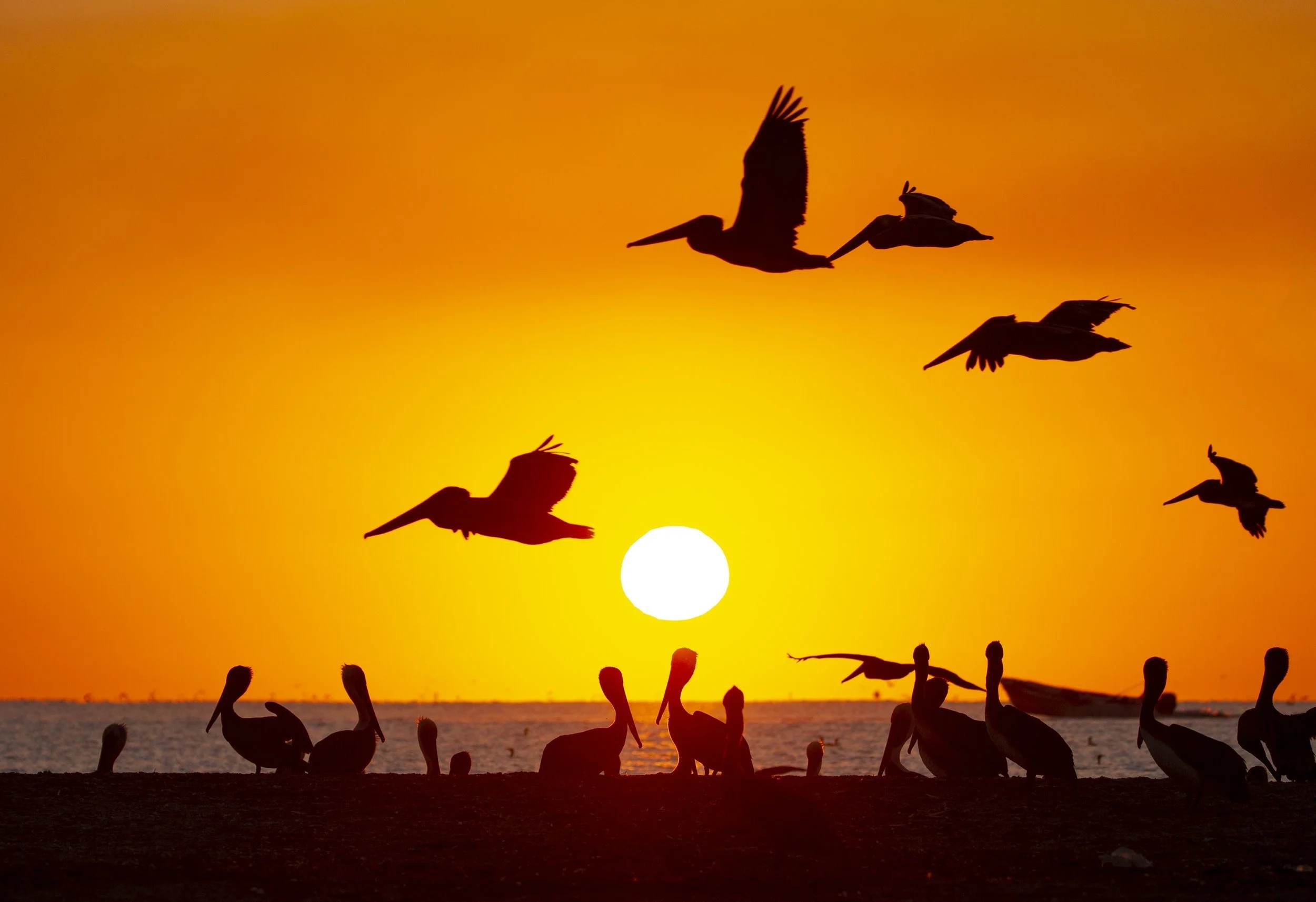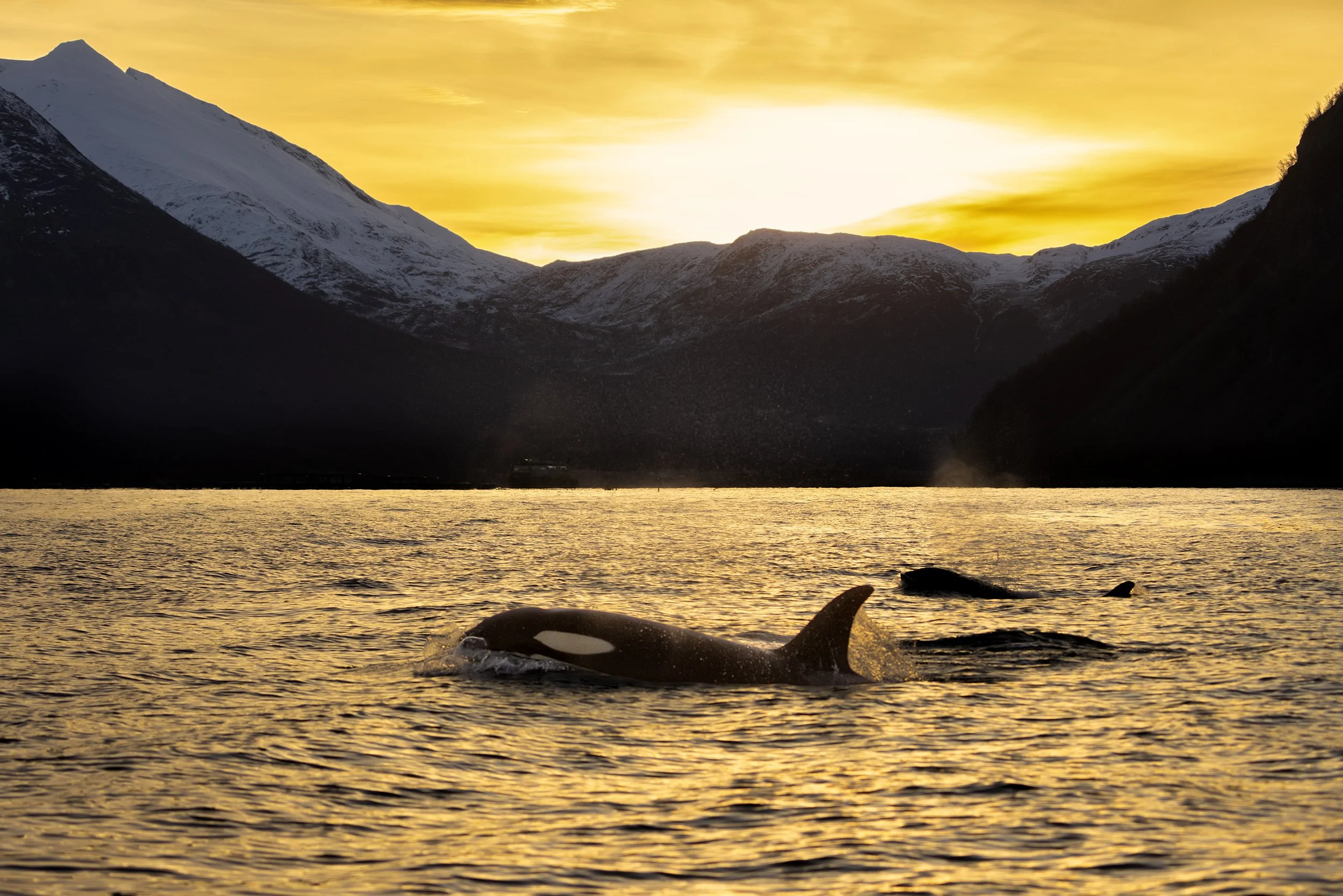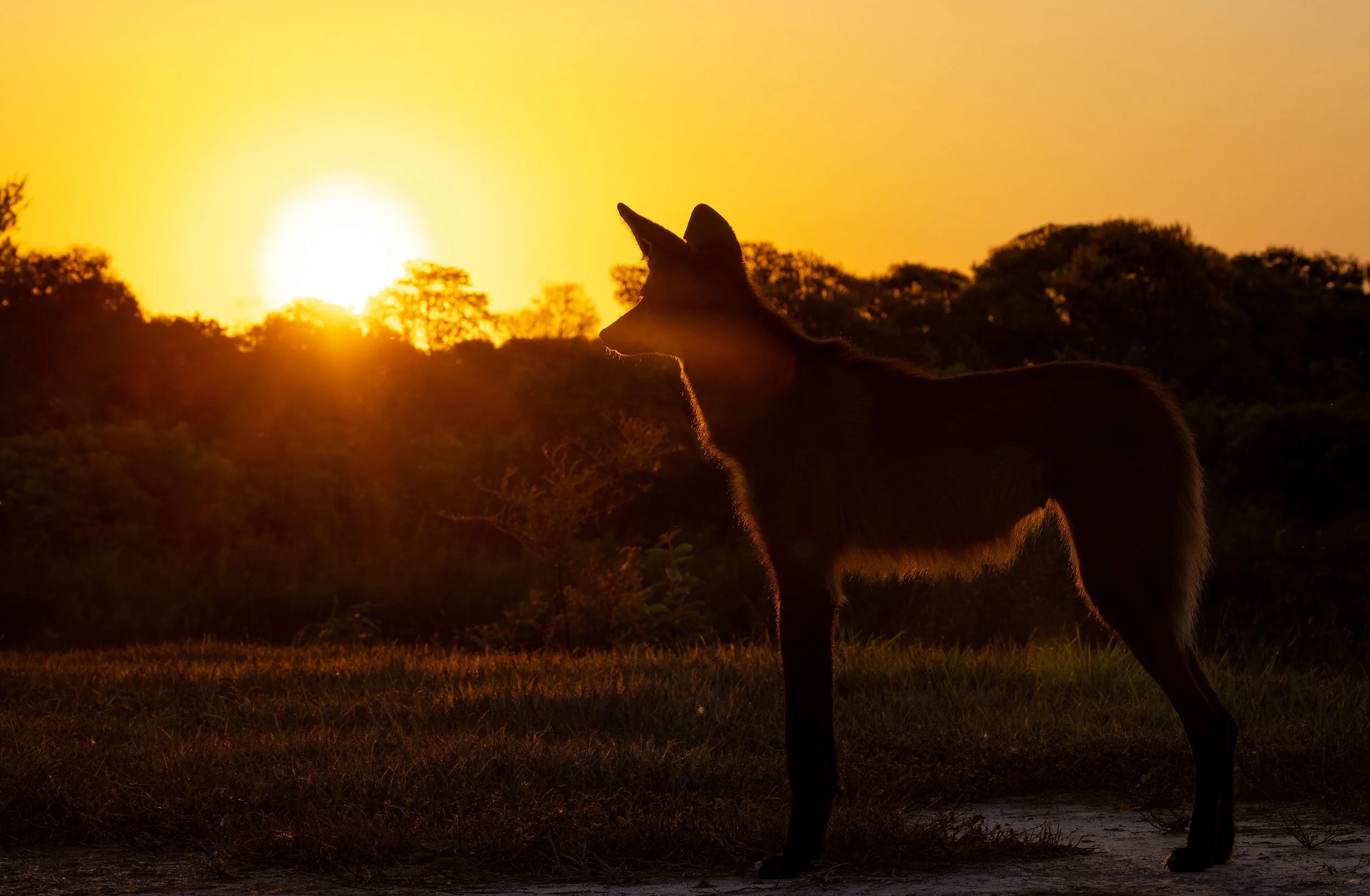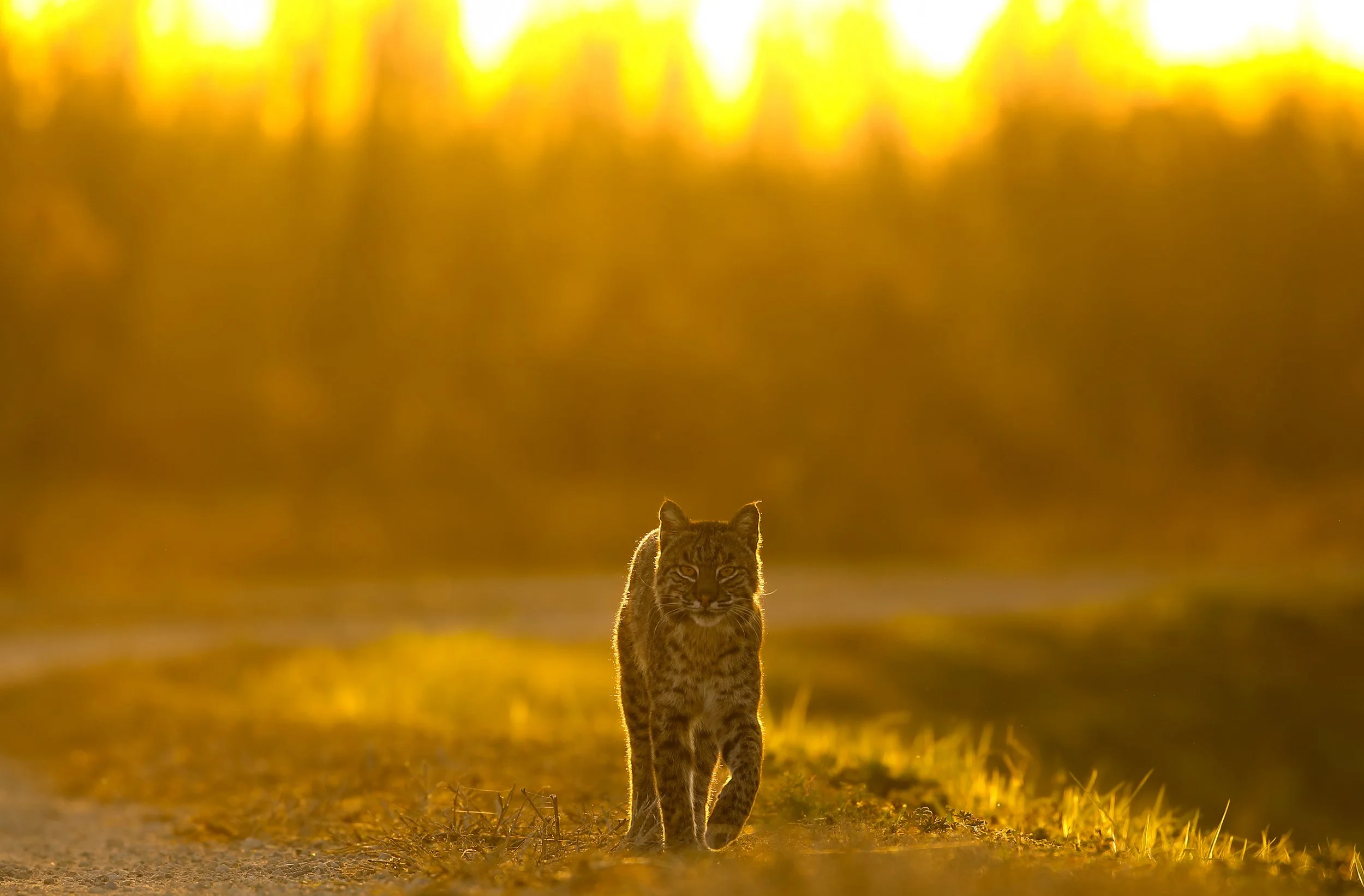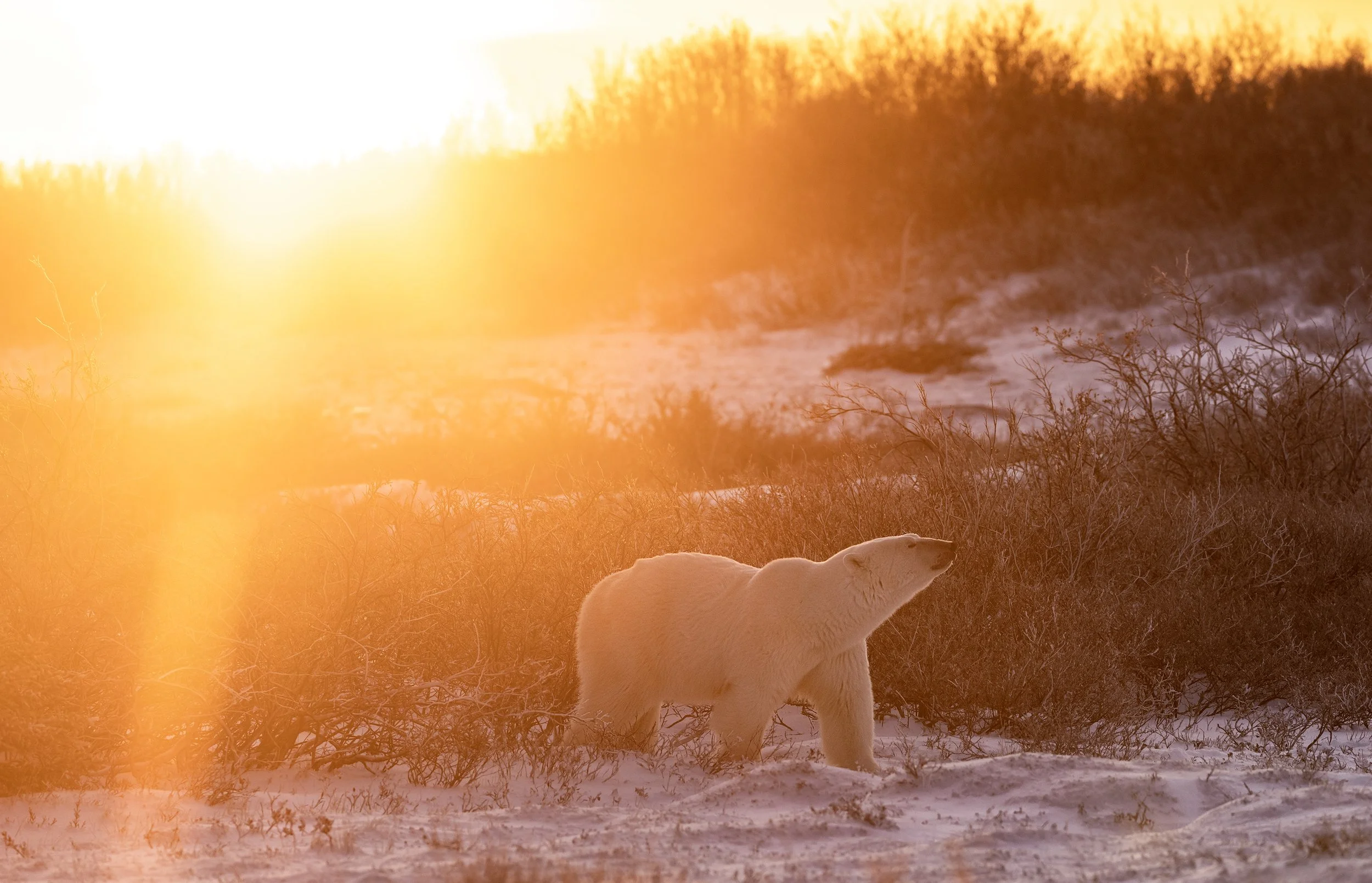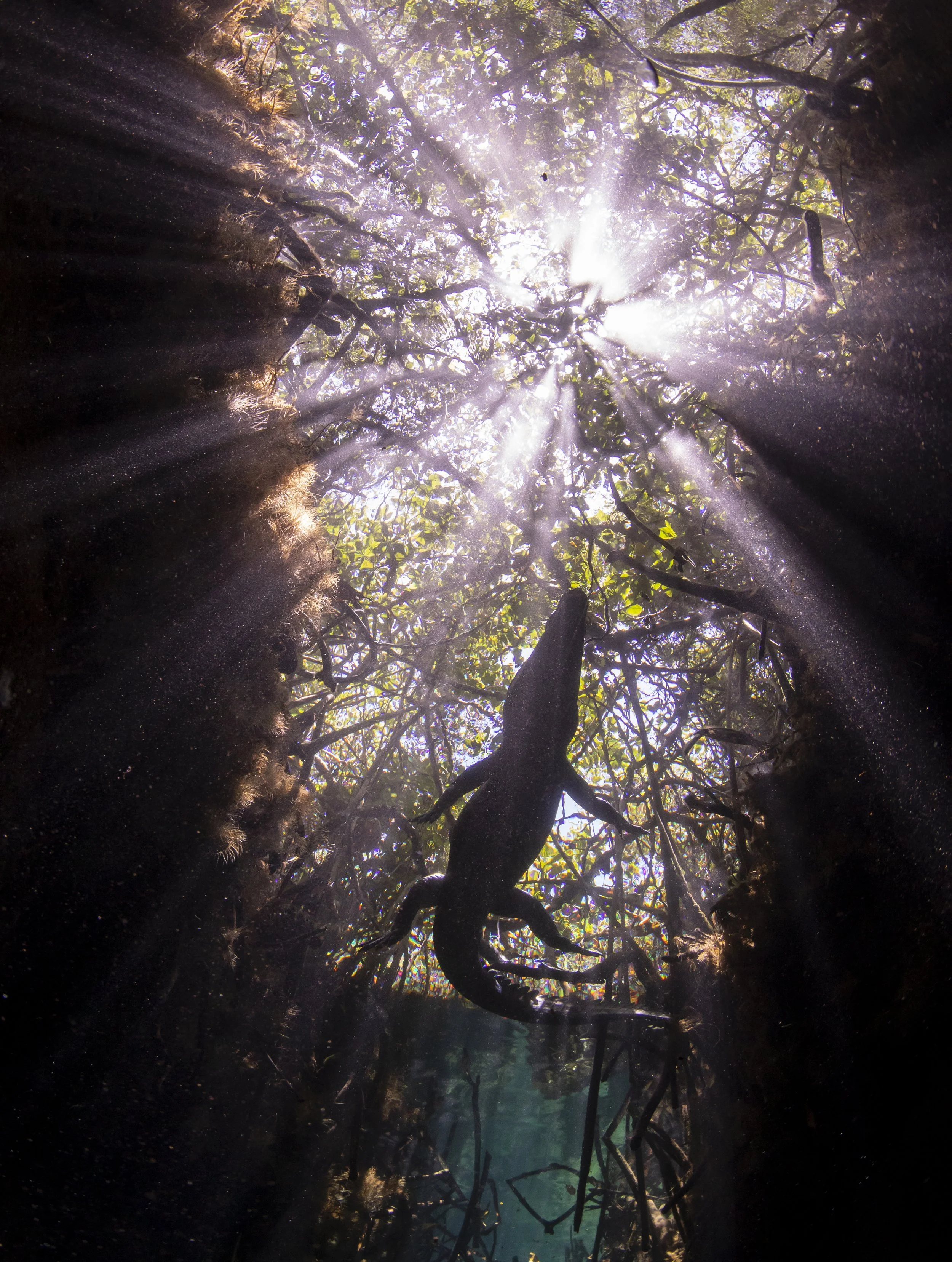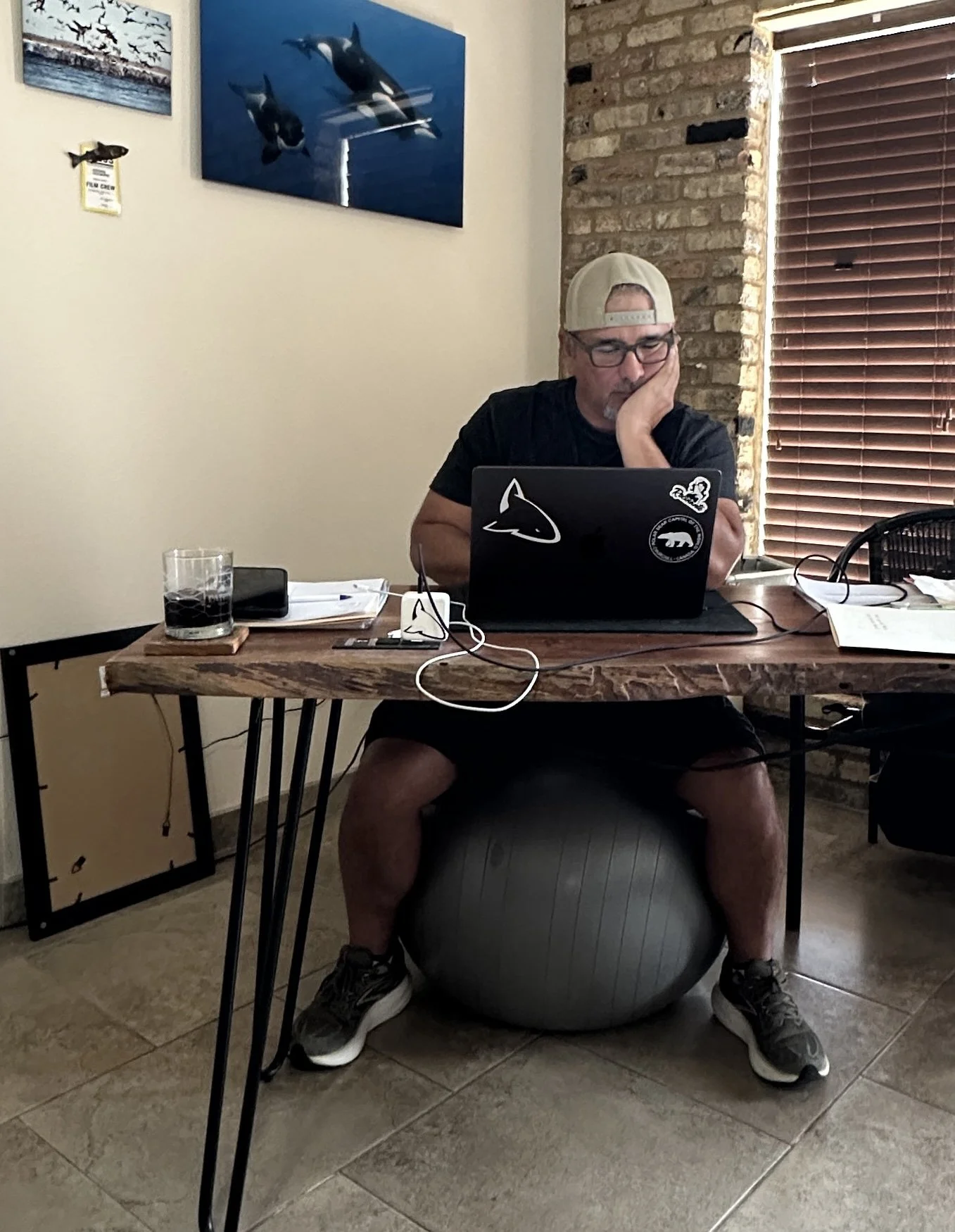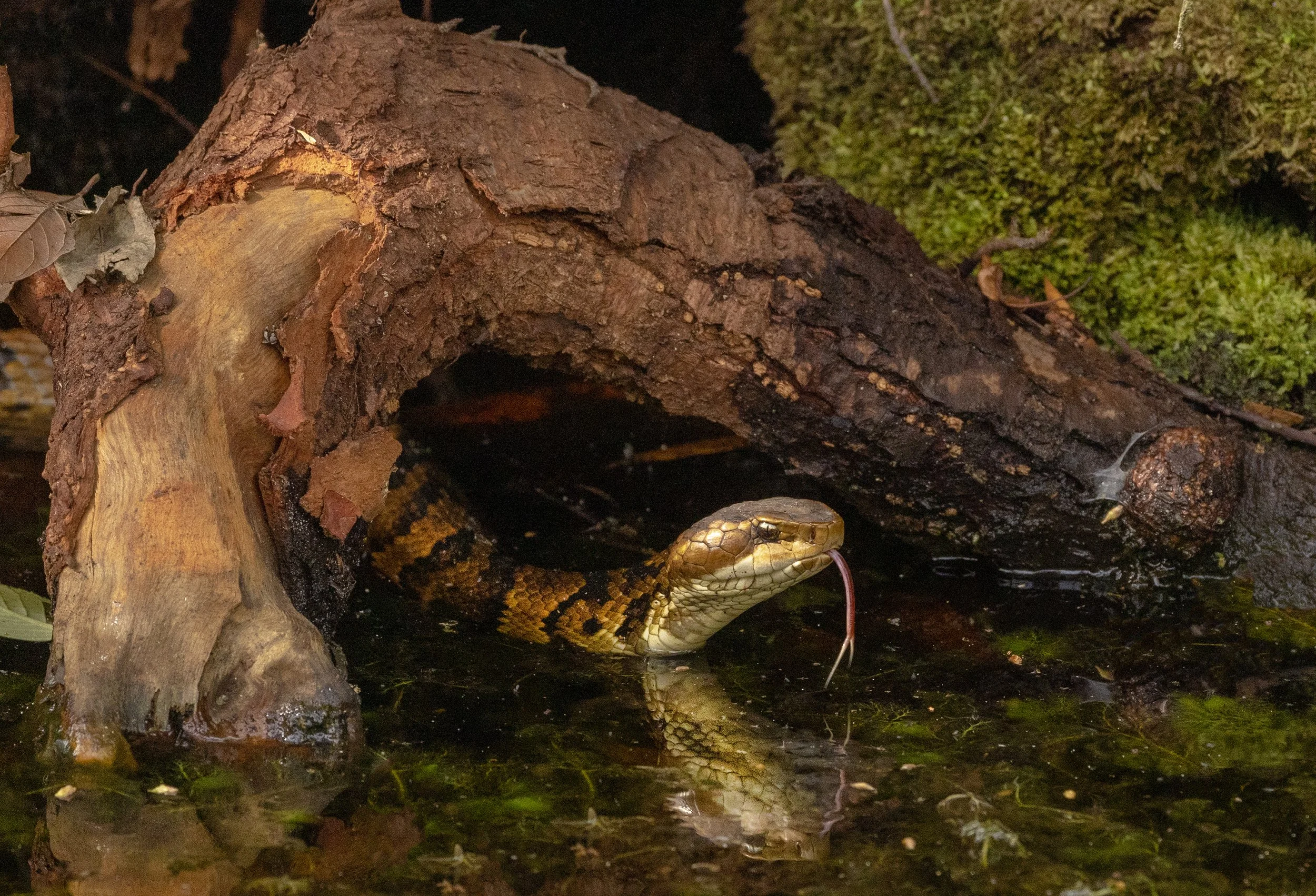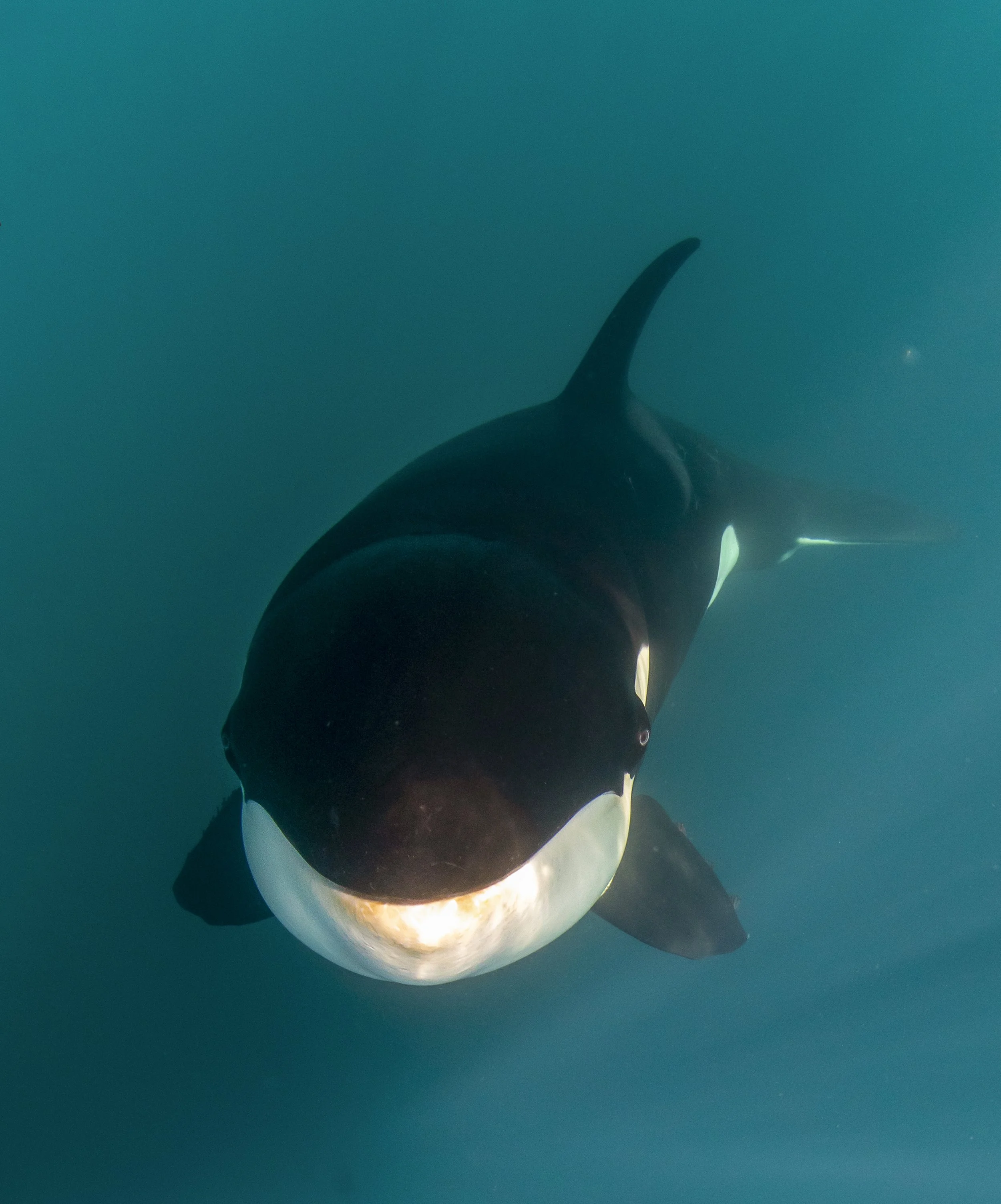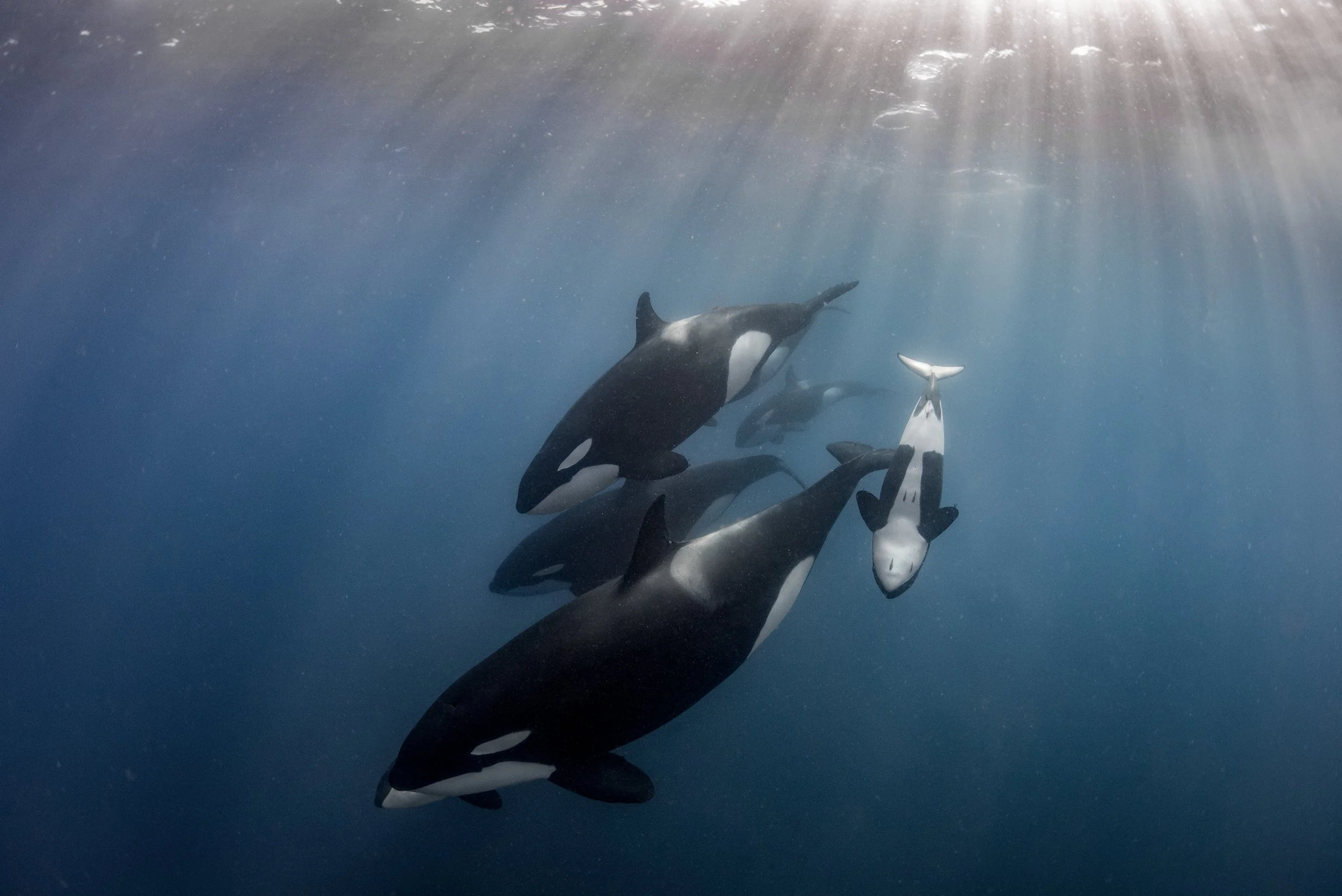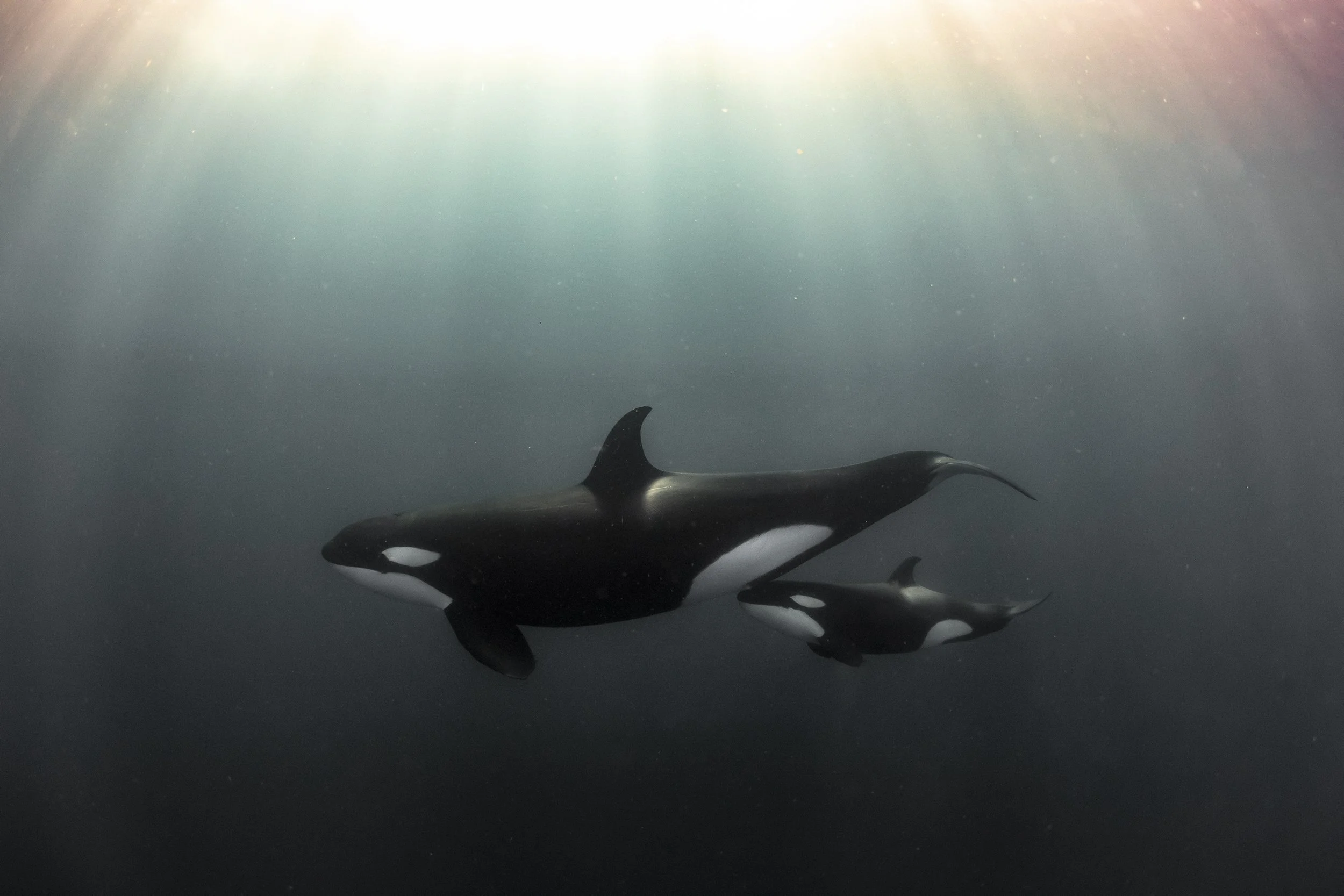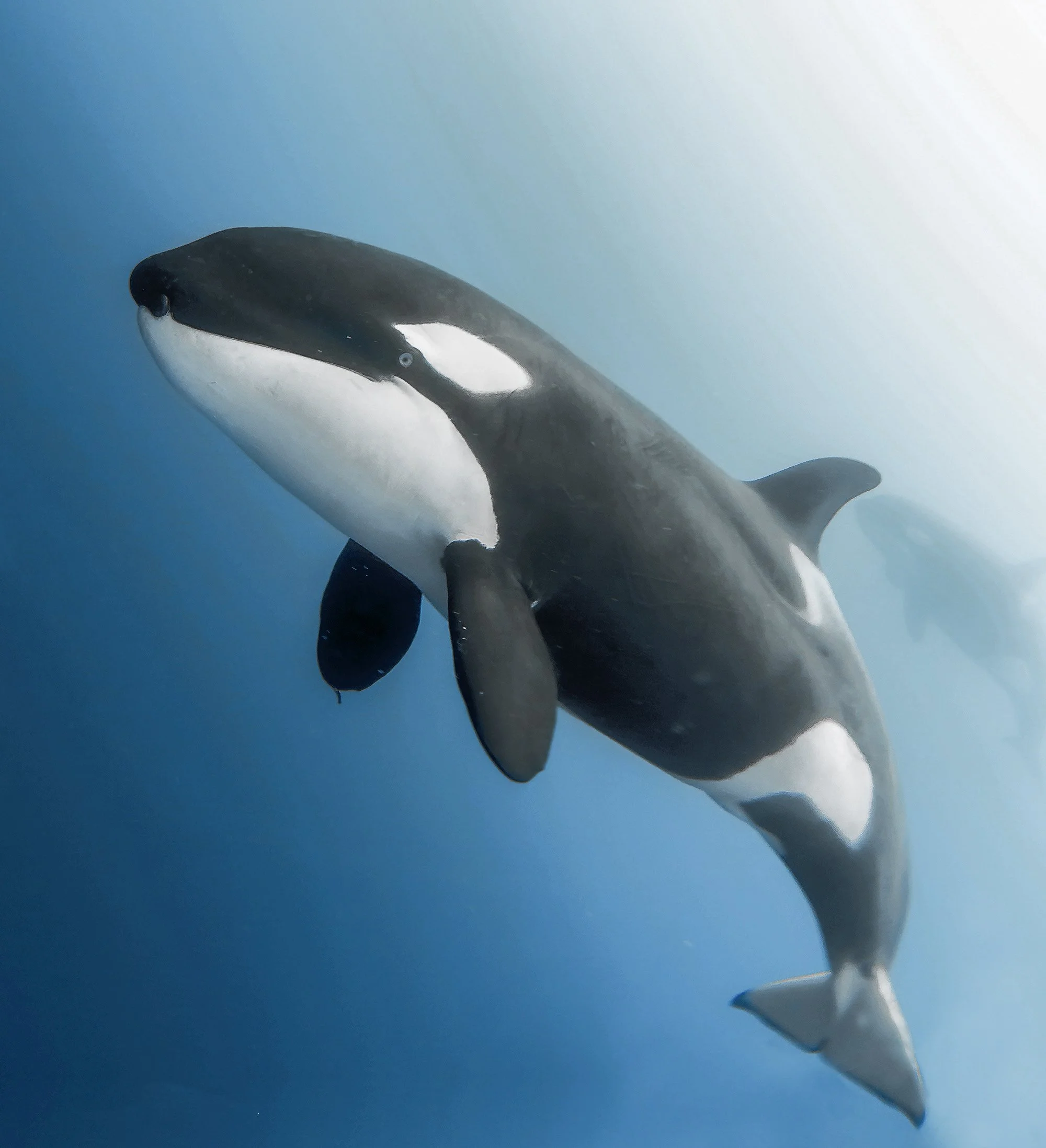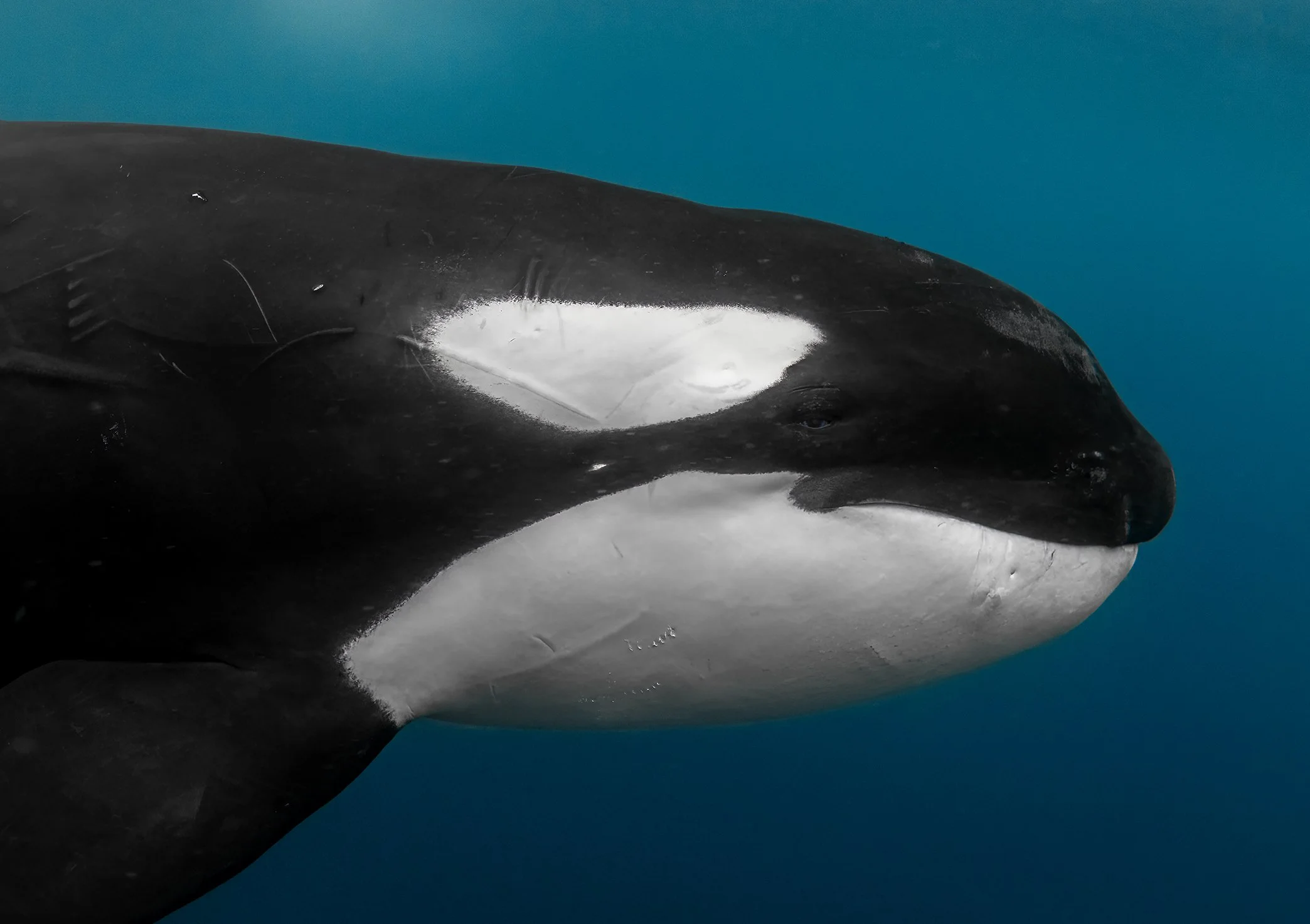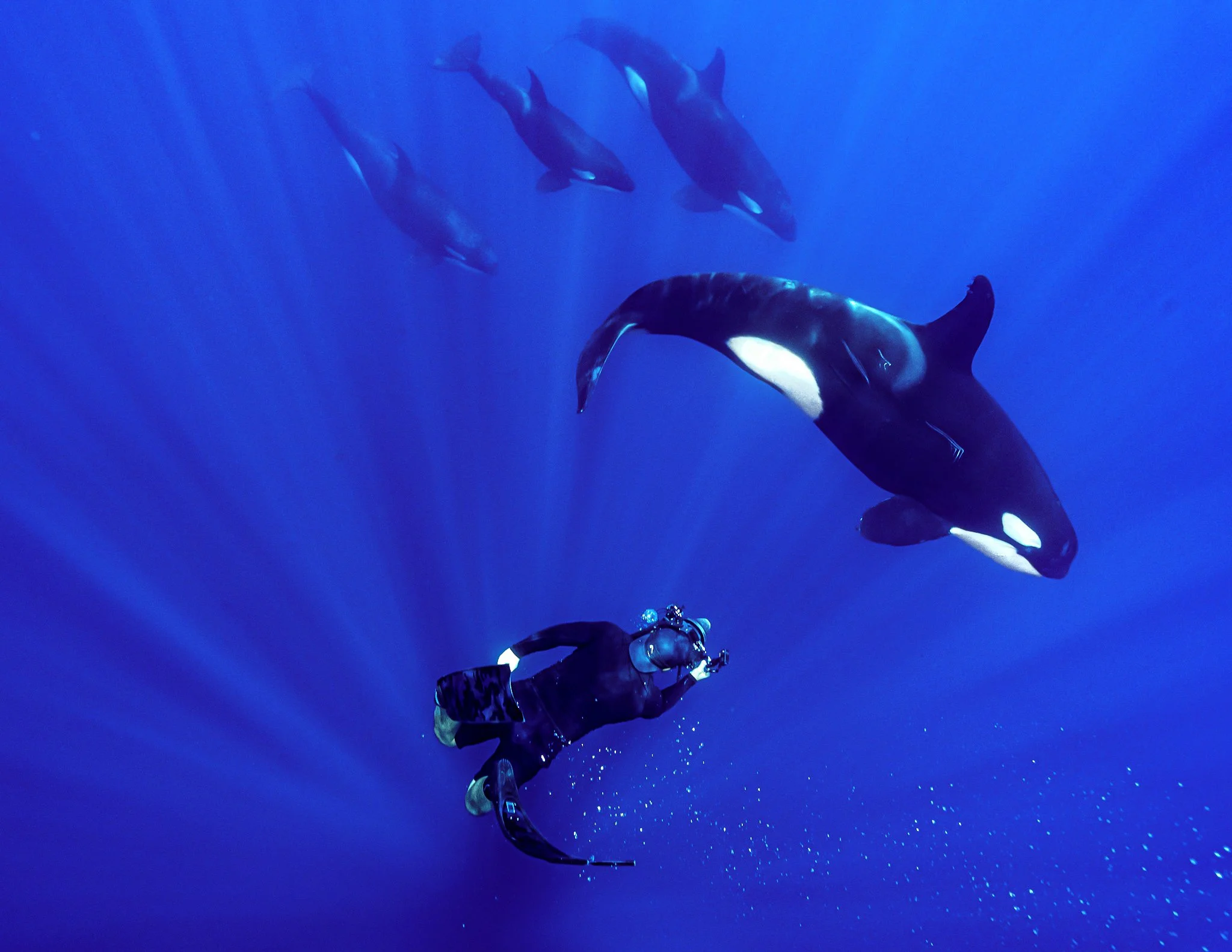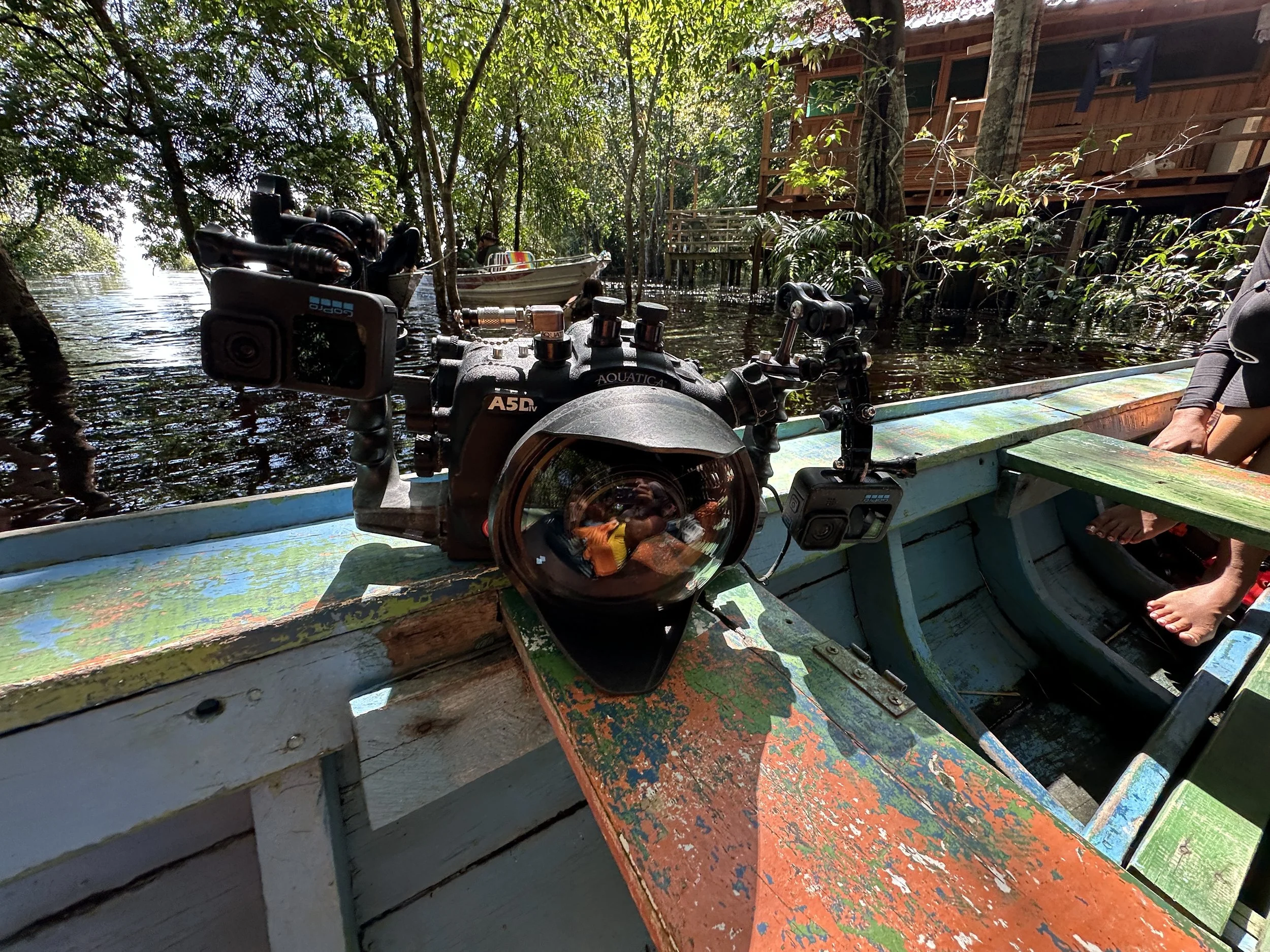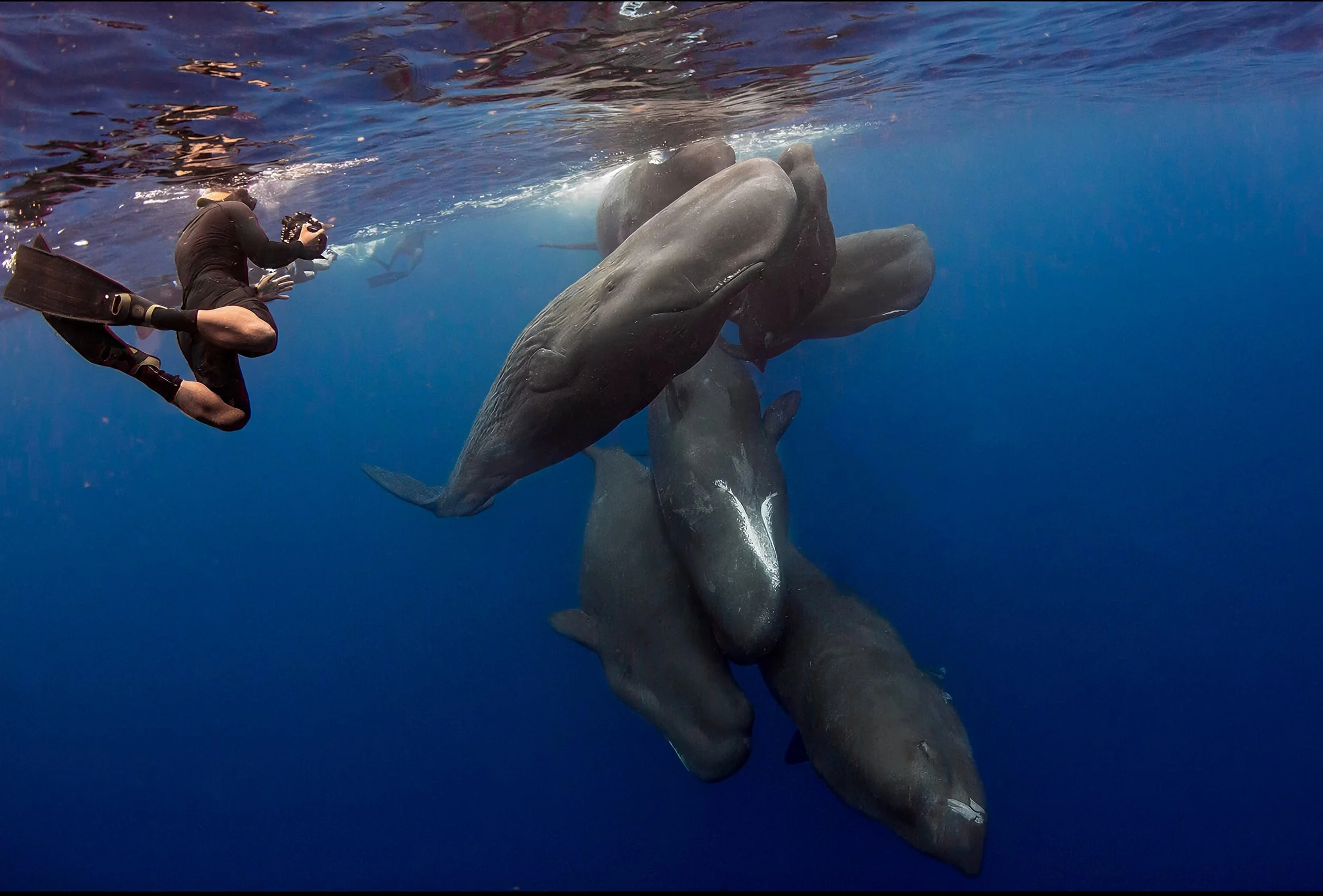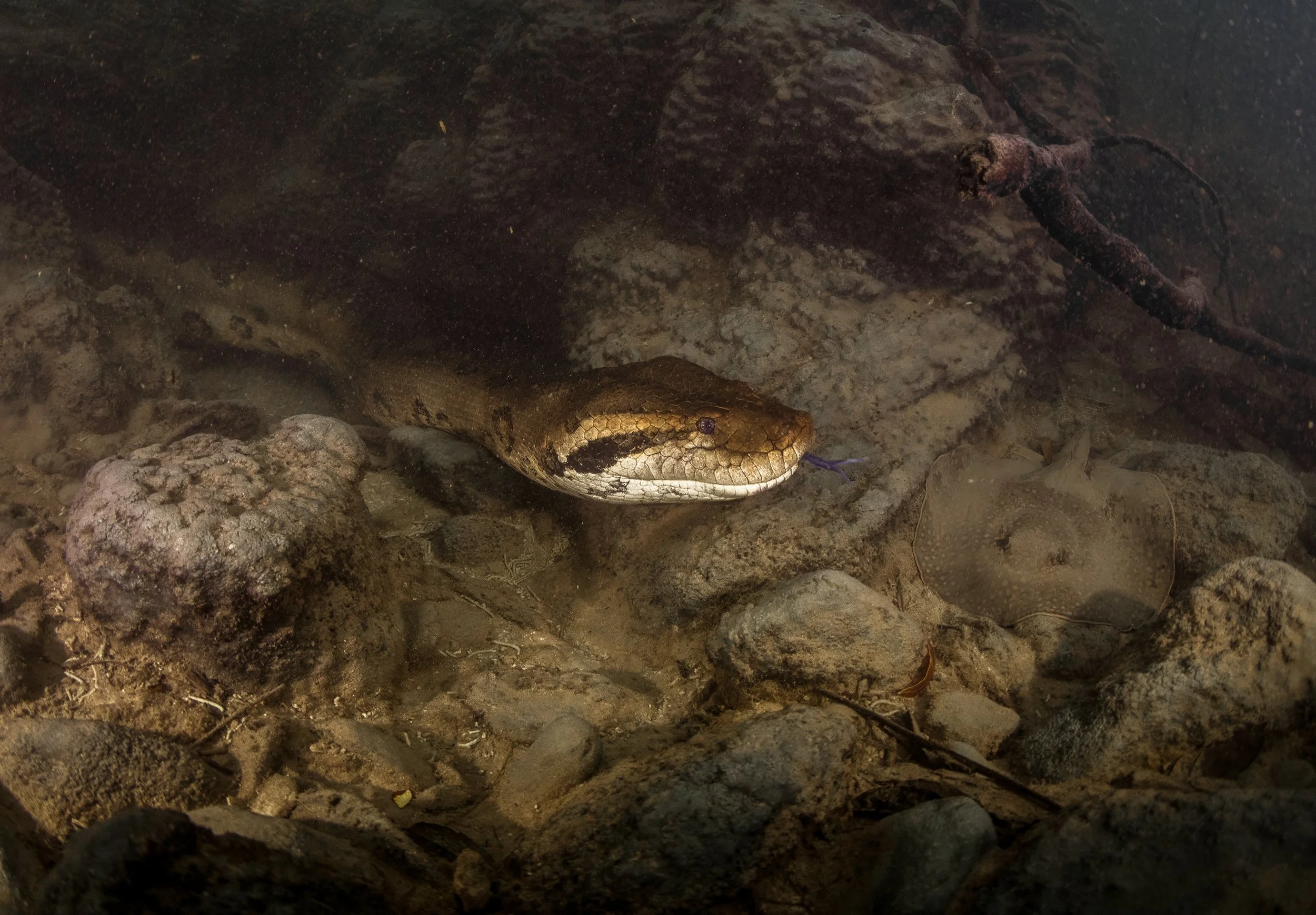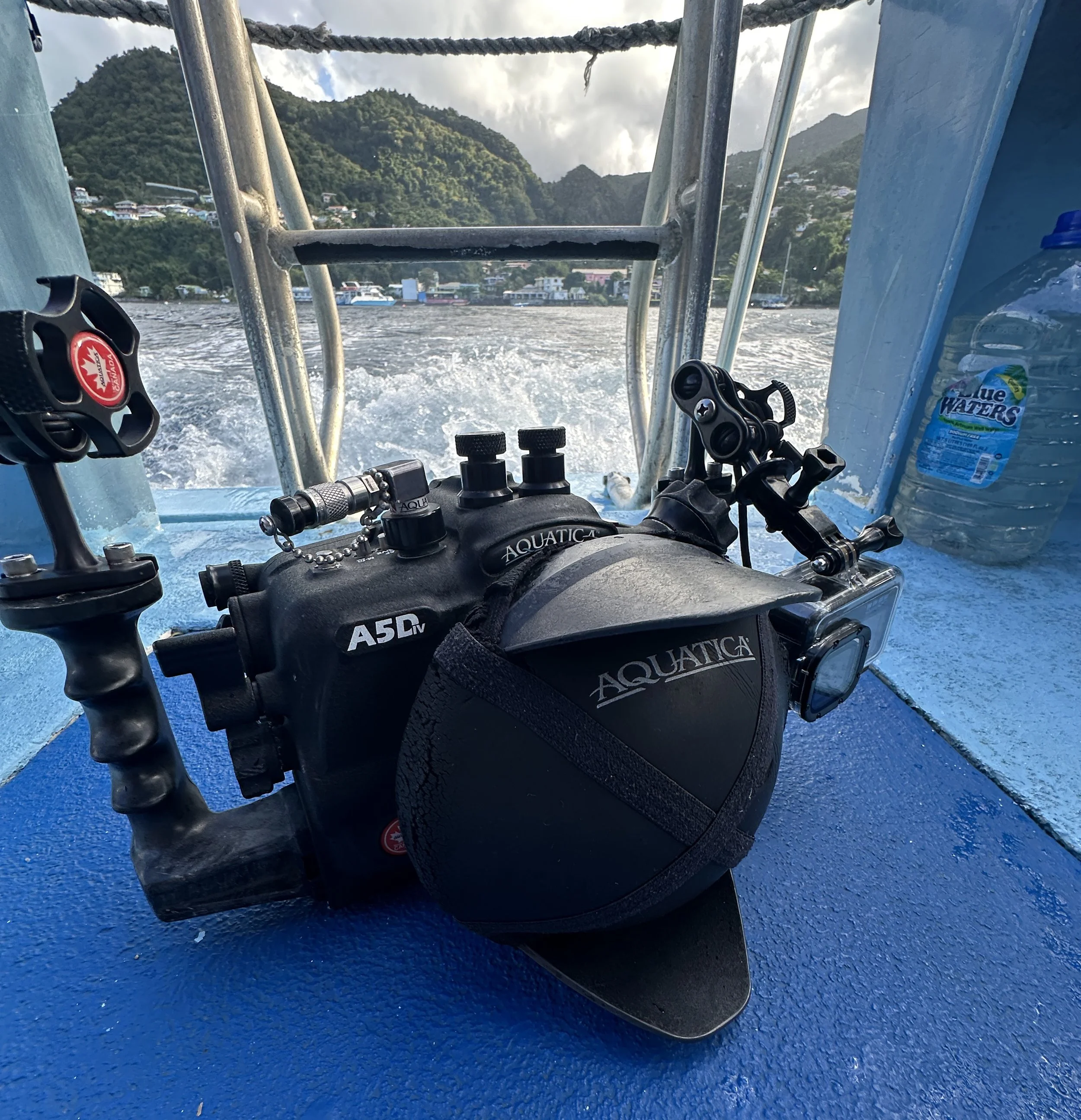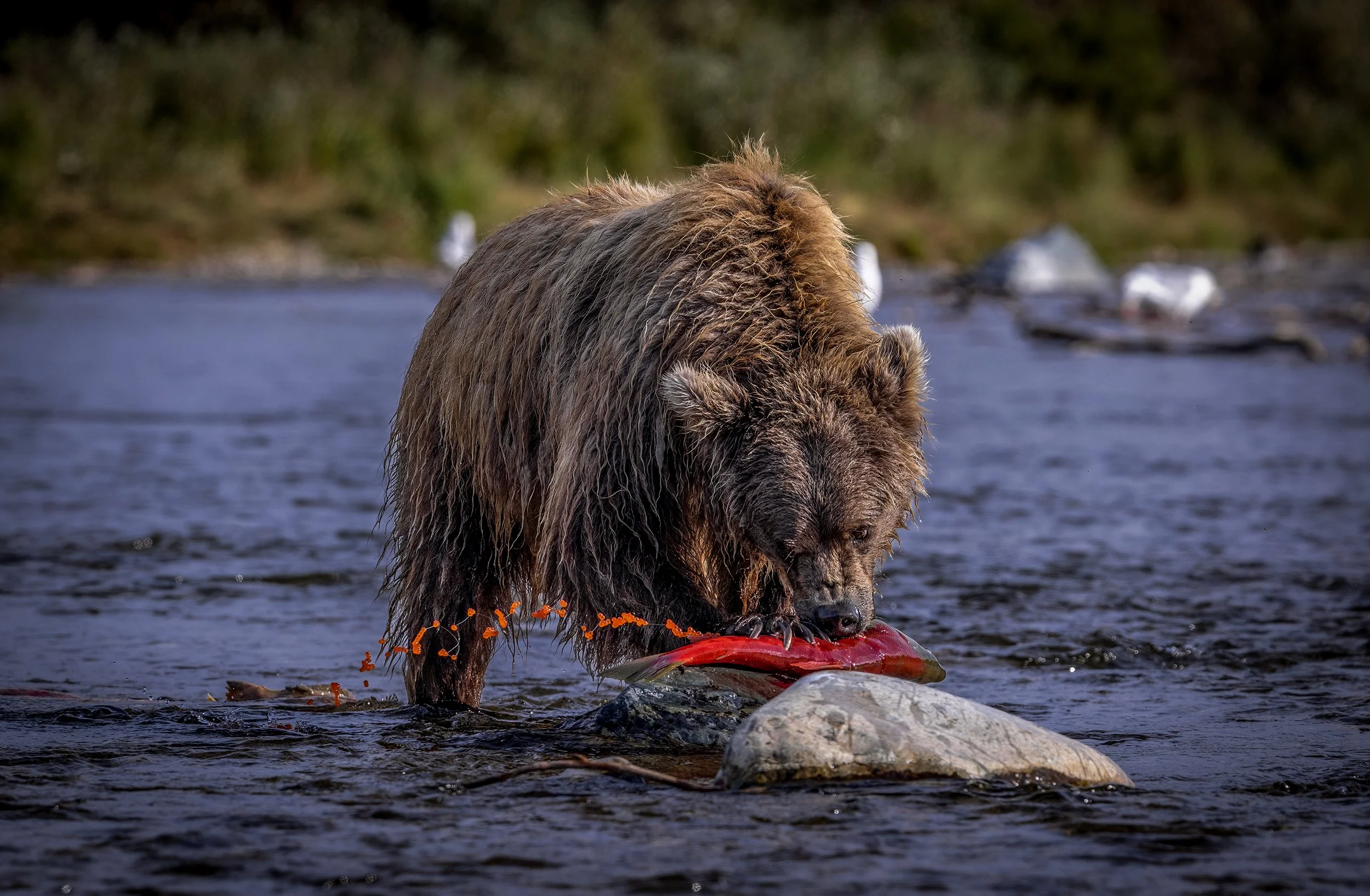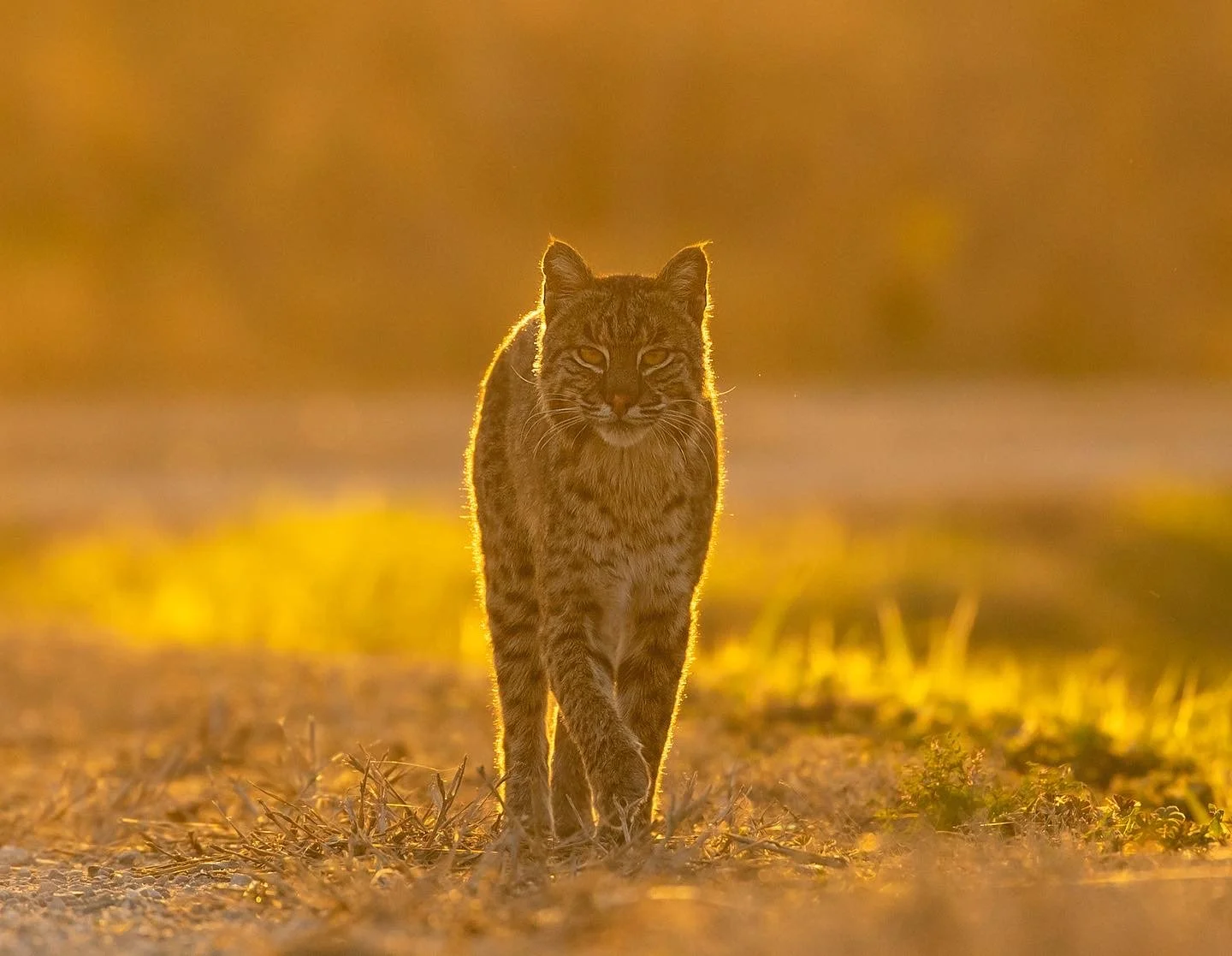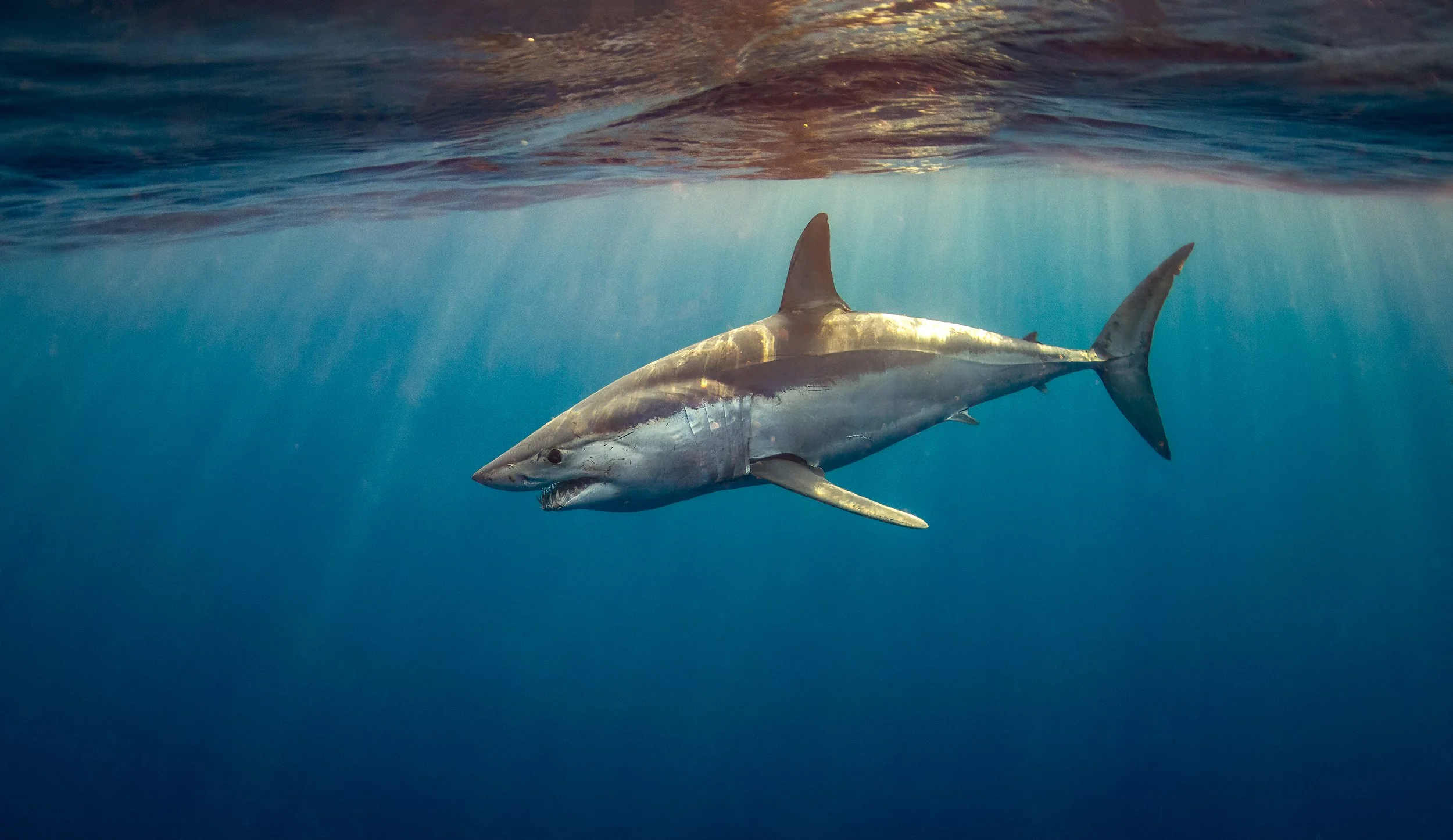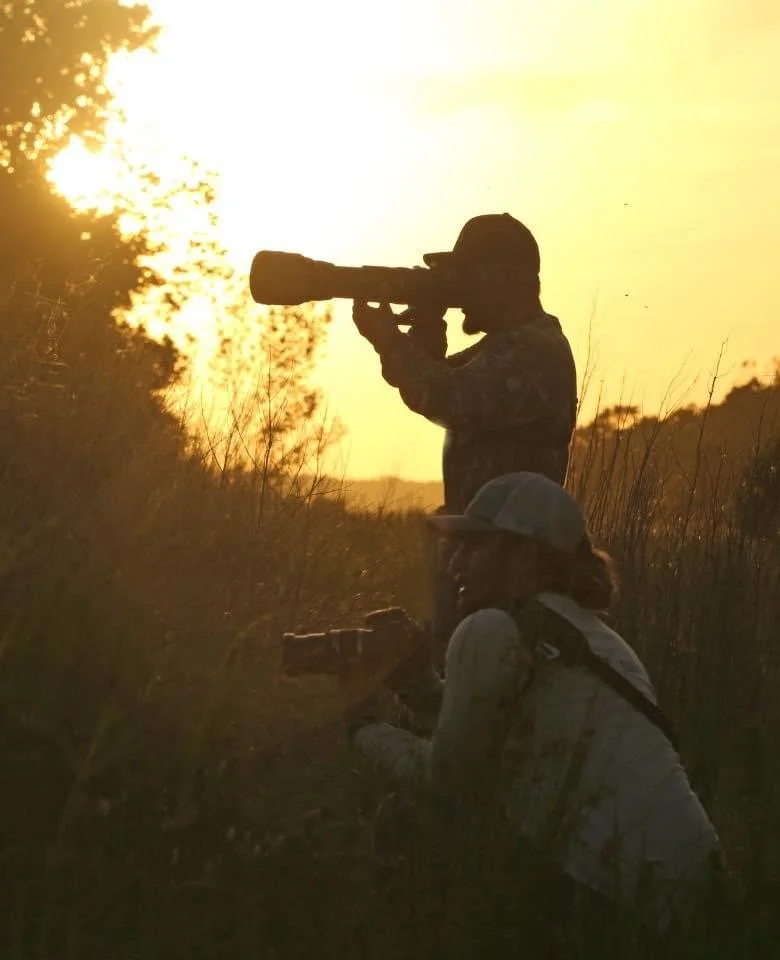Today was a perfect reminder of why I never fly without AirTags in my luggage.
My day started with a delayed first flight, which meant that when I finally landed in Houston, I had to sprint across the airport to catch my connection to Baja.
I made it to the gate just as boarding began, victory number one.
But as soon as I sat down on the plane, the next question hit me:
“Did my bag make it?”
I always travel with AirTags in my gear because nothing calms my mind more than being able to track my luggage in real time.
And today, that little piece of technology kept me sane.
We were about 20 minutes from departure, and I refreshed the AirTag location.
My bag was still sitting outside Terminal A… but I was in Terminal D.
Not good.
I waited five minutes, checked again: still Terminal A.
At this point I started to get nervous, so I opened the United app.
In case you don’t know, United also tracks your bag and tells you when it’s scanned on or off a flight.
Five minutes later I refreshed everything:
The AirTag showed my bag in Terminal D, and it also showed it scanned and loaded on my United flight app.
Perfect. It on the plane.
When we landed in Cabo, I cleared customs and waited at the baggage claim.
And waited.
And waited.
And waited.
My bag didn’t come out.
The belt stopped, and about six of us stood there empty-handed.
Everyone else went to the customer service desk, but none of them had AirTags, so they had no clue where their bags even were.
I opened my AirTag app…
My bag was definitely here. Somewhere close.
But not on the belt.
So I walked toward the desk, watching the little dot on the map get closer and closer.
And then, right as I reached the counter, the AirTag pinged right in front of me.
I peered over the desk…
There was my bag. Sitting inside the office.
No explanation.
Proper tag still attached.
The guy who rolled it in even acted a little strange about it.
But thanks to the AirTag, I found it immediately.
Without it?
I’d probably be filling out a claim with everyone else.
This Isn’t the First Time an AirTag Saved Me.
This is actually the third time an AirTag helped me find my luggage.
Once in Africa, my bag was left outside and never put on the belt.
Another time in California, it was sent down the wrong carousel.
In both cases, the AirTag was the only reason I recovered it.
So if you travel, even once a year, put AirTags in your luggage.
They give you peace of mind.
They save you time and stress.
They help airport staff find your bag faster.
They show you instantly whether your luggage made the plane.
They prevent your gear from going missing indefinitely.
And if you travel as much as I do?
They’re not optional… They’re essential.

